(As a note, we’re always looking to bolster these articles so send more information our way to improve and expand them)
Preface: People become what they see themselves as. We’re heavily conditioned by the world around us to act and think in many ways. This self-concept is the framework for how you see yourselves in relation to the world and it defines your actions. Ideally, read this section after you have read the Why Positive Whiteness and What is Positive Whiteness sections. This section here will provide an overview of the Positive White Identity approach of Positive Whiteness but those two articles will really be able to explain the philosophical and social reasoning behind it. Then absorb the Who You Are and Culture = Identity sections to provide context to this process.
The concept of Whiteness is an emotionally charged topic in human history and because of this, it brings on the strongest of reactions. This article will in one sense be eye-opening, in another sense uplifting, and in another sense controversial. With that said, it will be safe to say that what you read here will cause a great deal of dialogue and discussion about what this all means. Reminder: People become what they see themselves as and that is the core purpose of this section.
Note: This approach is a science and philosophy and will evolve with input from the global community to hone its effectiveness.
In this section, we point out the things people of the global White community have POSITIVELY done for the world and the human race. This is done for several purposes.
The first purpose is for White people to view themselves A: Through the lens of people who have made a positive contribution to the world and B: As people who will continue to make positive contributions to the world. It is commonly known that people attach actions to identity. So if people identify themselves or others with a specific identity, they’ll then expect specific actions with that identity.
People become the identity they see themselves as, as shown by Social Identity Theory. Social Identity Theory “refers to the ways that people’s self-concepts are based on their membership in social groups. Examples include sports teams, religions, nationalities, occupations, sexual orientation, ethnic groups, and gender.” In short, you become what you see yourself as.
For White people in America and around the world, they are seeing themselves as a race for the first time and developing a racial identity because of it. This means our self-perception, perception of others, and thus are actions are in the process of going through great transformational change. Yet in history when Whiteness, White groups, and White individuals “used the identity”, it was to engage in various forms of tyranny and oppression. The only organizations that speak for White people and Whiteness are all organizations that have a self-identity built on domination, racism, and oppression and a view of non-White people through a negative lens. They currently are the determinative “authority” on identity for the global White community. Because of that White individuals or groups, discovering their Whiteness for the first time will take on the behavior of “this identity” to confirm to the group. This identity only manifests itself in a destructive, malicious, and negative sense.
Positive Whiteness seeks to create a culture and system of thinking that takes people in the opposite direction. Building a White Identity on the positive things White people have done for the human race that White people can be drawn to, embody, and be inspired to do more of.
Another thing we know is that people work toward positive stimuli and away from negative stimuli. People obviously like things that make them feel good about themselves and reject things that make them feel bad about themselves. By creating and celebrating what White people have done as a community/identity by recognizing their global contributions, this has the ability to defeat the major problems we are dealing with.
The first reason is creating a foundational identity on the positive contributions the global White community has engaged in will create that “positive stimuli” to bring people in. Draw the individual and community here and thus away from these destructive Whites organizations. People like to be a part of things that make them feel good. The second reason is they will take on this positive behavior and reject the actions of these destructive Whites organizations as we’ve described. The third reason this can work is by celebrating these accomplishments, it will serve as a motivating factor to do more good in the world. The fourth reason is it will build trust and partnership with People of Color / Non-White communities around the globe because of this framework. The fifth reason for this is it will open up White people to criticism because they will see that critique through the lens of someone who supports their best and wants them to rise even higher in the good they’re doing.
Another thing to note. While there is a great deal of wonderful and important scholarship that has been done on the negative uses of Whiteness, this article only focuses on the contributions of the White Community. This doesn’t mean these things are to be ignored. In fact, the opposite! As you’ll see below, in White Majority countries, self-criticism and free critical expression are very welcome and are integral to fixing systemic inequalities and improving the individual/society as a whole. The world is broken and we must point out what is broken to fix it. Criticism of Whiteness and the White Community should be welcomed like we criticize any other identity group. Constructive criticism of anyone should always be welcome. Our goal is to build a society that works for everyone. The purpose of this section is only to build a Positive White Identity foundation.
Now as you’ve seen so far, you might be wondering “What do you mean by ‘White’?”. The question of “Who is White” is complex and a great deal of conversation has been had about it which we highly recommend you read up on. We’ve written a separate section that gives a summary here. However, we’ll cover the basis for it here.
The main approach to defining who is White is using a combination of the usual classification, what people self-identity out of respect to their choice of racial identity and combined with government/scientific statistics.
In short for White People: “White is a racialized classification of people and a skin color specifier, generally used for people of European origin”.
This area gets complex for Hispanic/Latin-based identities and Middle East-North African identities. The US Census Bureau for example currently has a listing of “White, Hispanic or Latino” to identify individuals from the Latin/Hispanic/South American worlds. In America, currently 58% of Hispanic Americans self-identity as White in addition to Hispanic. In Hispanic and Latin countries they have the classifications of White for those who are from Europe and/or The Middle East-North Africa (MENA) and they have a separate label called “Mestizo” for those with White and Indigenous heritage. For people who are Middle Eastern/North African, circumstances are also special. The US Census Bureau considers Middle Eastern/North African individuals to be White. Yet MENA individuals don’t see themselves as White and when presented the option 88% consider themselves Middle Eastern-North African instead of White. Further people who identify as White and Latino don’t see MENA individuals as being White either from a classification perspective. MENA groups are actively working to remove themselves from the White label and create a new label to align with their unique American and global experience. So for this initial approach individuals and populations from the Middle East and Northern Africa will be separately labeled “MENA”.
Also to note, Positive Whiteness/Positive Identity has had some inspiration from the modern racial discussion in America and around the world. By the standards of modern times, the European origin experience is uniquely different than those of Mestizo, Middle-Eastern, North Africa, and Western Asian origins.
Ultimately the standard approach to Whiteness and White people has been people of European origin.
In conclusion for this initial approach, “White People” will mean those of European descent.
Lastly regarding classification. Historically White people have included or excluded other groups from Whiteness for a variety of reasons. One of the negative aspects of Whiteness has been where it was used to figure out who wasn’t White and then exclude and discriminate against people who weren’t classified as White. Positive Whiteness is different. Instead, we do the opposite and we’re taking an inclusionary and empowering tact. People have the power and choice to choose how they identify as. Anyone who ultimately considers themselves White will be then considered to us, as White. Anyone who wants to be White is White.
Below will be examples of Positive White Culture, that we as a Global White Community will seek to emulate and perpetuate.
Of the 33 countries from 75-108 in Hybrid Regimes, 7 of them are White Majority Countries.
Of the 58 countries from 109-167 in Authoritarian Regimes, 4 of them are White Majority countries.
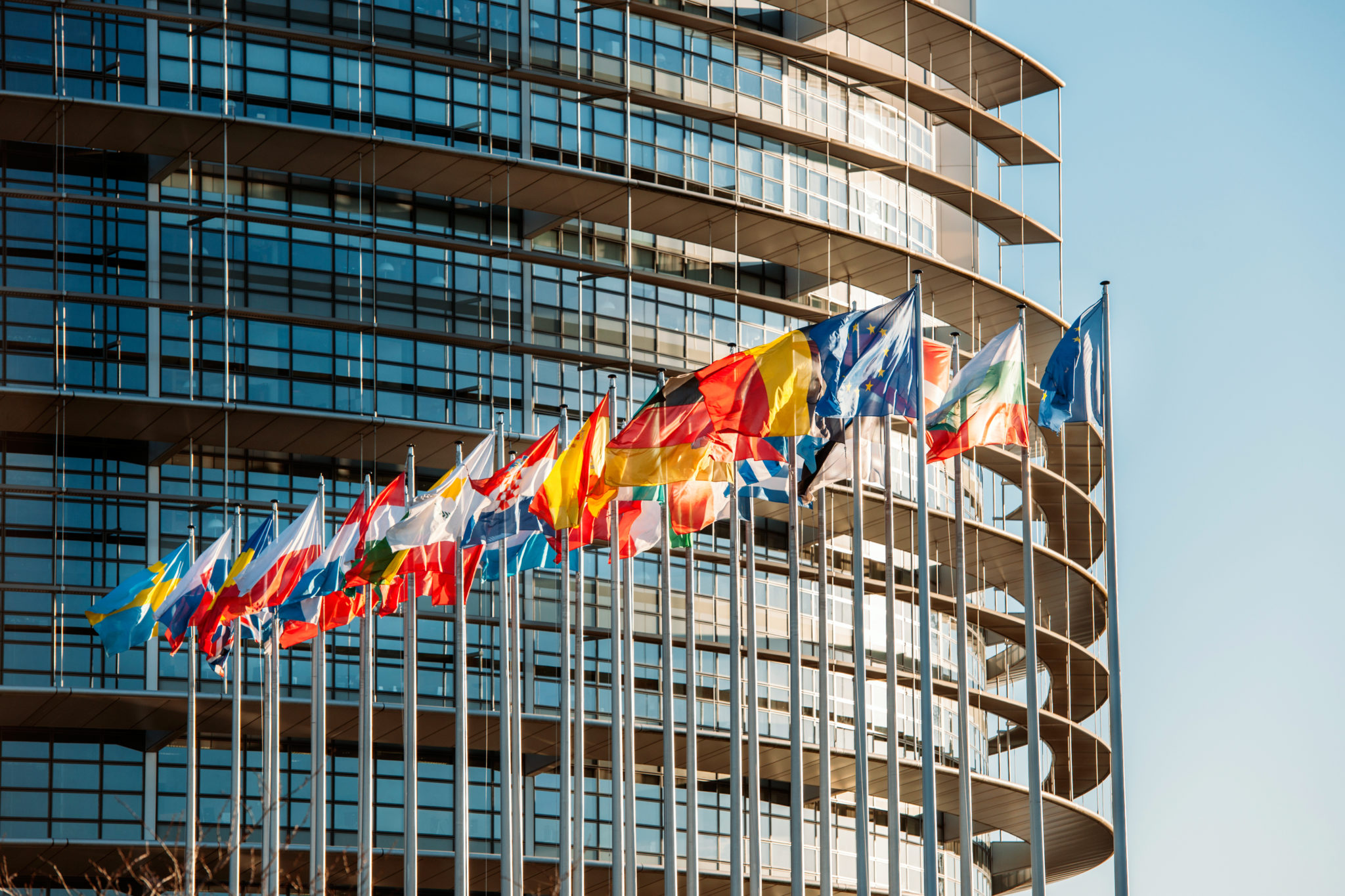
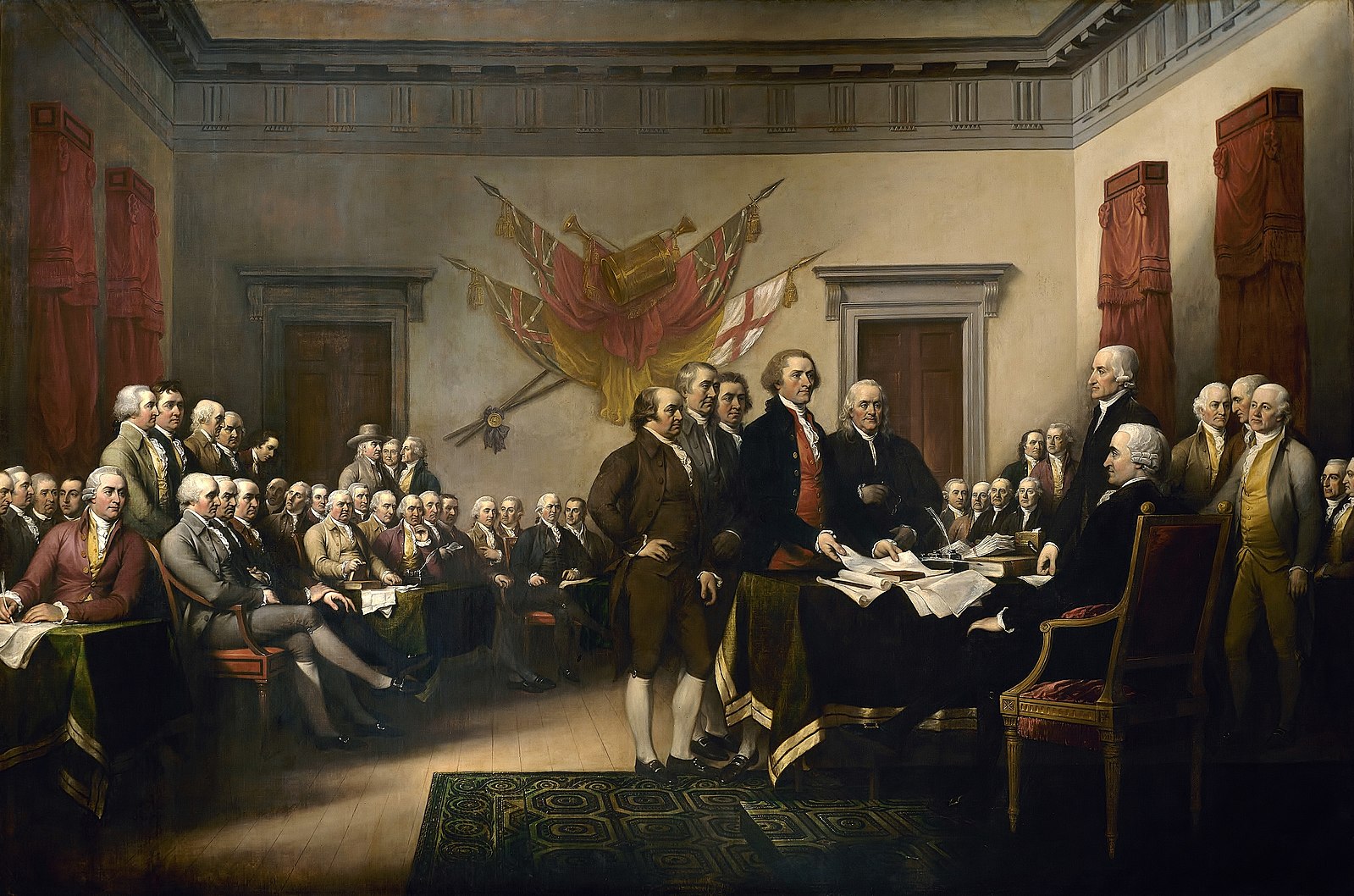
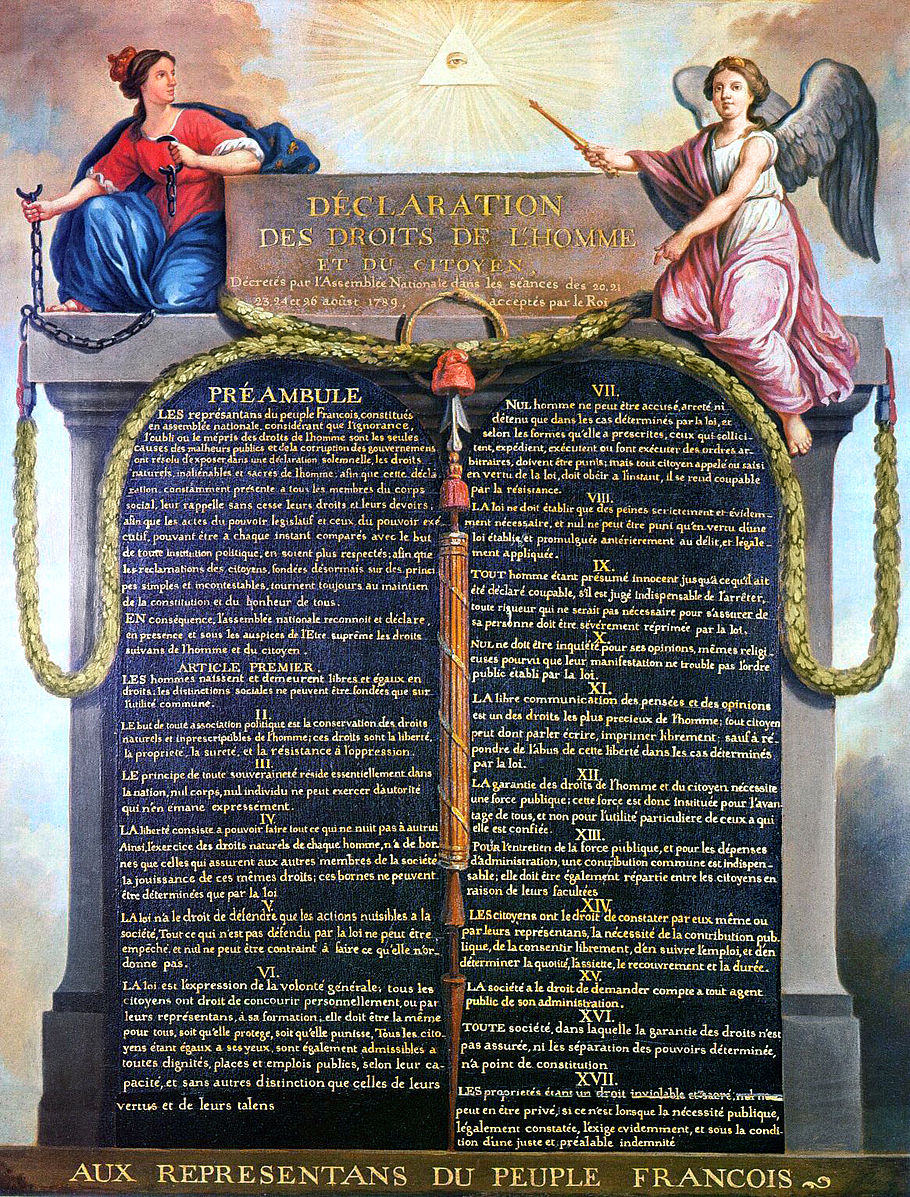
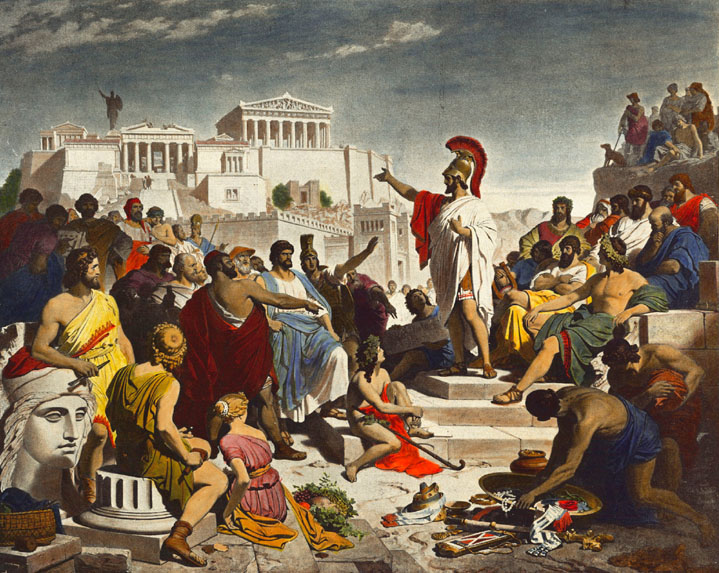
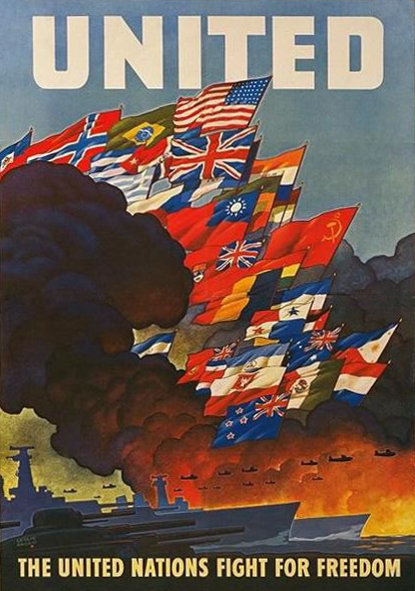
Country | Electoral democracy | 2021 |
| |||
PR | CL | Free | Pts | Demographic | ||
|
|
|
|
|
|
|
Yes | 1 | 1 | Free | 100 | (White Majority) | |
Yes | 1 | 1 | Free | 100 | (White Majority) | |
Yes | 1 | 1 | Free | 100 | (White Majority) | |
Yes | 1 | 1 | Free | 99 | (White Majority) | |
Yes | 1 | 1 | Free | 98 | (White Majority) | |
Yes | 1 | 1 | Free | 98 | (White Majority) | |
Yes | 1 | 1 | Free | 98 | (White Majority) | |
Yes | 1 | 1 | Free | 97 | (White Majority) | |
Yes | 1 | 1 | Free | 97 | (White Majority) | |
Yes | 1 | 1 | Free | 97 | (White Majority) | |
Yes | 1 | 1 | Free | 97 | (White Majority) | |
Yes | 1 | 1 | Free | 96 | (White Majority) | |
Yes | 1 | 1 | Free | 96 |
| |
Yes | 1 | 1 | Free | 96 | (White Majority) | |
Yes | 1 | 1 | Free | 96 | (White Majority) | |
Yes | 1 | 1 | Free | 95 |
| |
Yes | 1 | 1 | Free | 95 | (White Majority) | |
Yes | 1 | 1 | Free | 94 | (White Majority) | |
Yes | 1 | 1 | Free | 94 | (White Majority) | |
Yes | 1 | 1 | Free | 94 | (White Majority) | |
Yes | 1 | 1 | Free | 94 | (White Majority) | |
Yes | 1 | 1 | Free | 93 | (White Majority) | |
Yes | 1 | 1 | Free | 93 | (White Majority) | |
Yes | 1 | 1 | Free | 93 | (White Majority) | |
Yes | 1 | 1 | Free | 93 |
| |
Yes | 1 | 1 | Free | 93 |
| |
Yes | 1 | 1 | Free | 93 |
| |
Yes | 1 | 1 | Free | 93 | (White Majority) | |
Yes | 1 | 1 | Free | 93 |
| |
Yes | 1 | 1 | Free | 93 | (White Majority) | |
Yes | 1 | 1 | Free | 92 |
| |
Yes | 1 | 1 | Free | 92 |
| |
Yes | 1 | 1 | Free | 92 |
| |
Yes | 1 | 1 | Free | 91 |
| |
Yes | 1 | 1 | Free | 91 | (White/Mestizo Majority) | |
Yes | 1 | 1 | Free | 91 | (White Majority) | |
Yes | 1 | 1 | Free | 91 |
| |
Yes | 1 | 1 | Free | 91 |
| |
Yes | 1 | 2 | Free | 90 | (White Majority) | |
Yes | 1 | 1 | Free | 90 | (White Majority) | |
Yes | 2 | 1 | Free | 90 | (White Majority) | |
Yes | 1 | 2 | Free | 90 | (White Majority) | |
Yes | 2 | 1 | Free | 90 | (White Majority) | |
Yes | 1 | 1 | Free | 90 | (White Majority) | |
Yes | 1 | 1 | Free | 90 | (White Majority) | |
Yes | 1 | 2 | Free | 89 |
| |
Yes | 1 | 2 | Free | 89 | (White Majority) | |
Yes | 2 | 1 | Free | 89 |
| |
Yes | 2 | 1 | Free | 87 | (Mestizo Majority) | |
Yes | 1 | 2 | Free | 87 | (White Majority) | |
Yes | 1 | 2 | Free | 87 |
| |
Yes | 2 | 2 | Free | 85 |
| |
Yes | 1 | 2 | Free | 85 | (White Majority) | |
Yes | 2 | 2 | Free | 84 |
| |
Yes | 1 | 2 | Free | 84 |
| |
Yes | 2 | 2 | Free | 84 |
| |
Yes | 3 | 1 | Free | 83 | (White Majority) | |
Yes | 2 | 2 | Free | 83 | (White Majority) | |
Yes | 2 | 2 | Free | 83 | (White Majority) | |
Yes | 2 | 2 | Free | 83 |
| |
Yes | 2 | 2 | Free | 83 | (White Majority) | |
Yes | 2 | 2 | Free | 82 |
| |
Yes | 2 | 2 | Free | 82 | (White Majority) | |
Yes | 2 | 2 | Free | 82 |
| |
Yes | 2 | 2 | Free | 82 |
| |
Yes | 2 | 2 | Free | 81 |
| |
Yes | 2 | 2 | Free | 80 |
| |
Yes | 2 | 2 | Free | 79 |
| |
Yes | 2 | 2 | Free | 79 |
| |
Yes | 2 | 2 | Free | 79 |
| |
Yes | 2 | 2 | Free | 79 |
| |
Yes | 2 | 2 | Free | 78 | (White Majority) | |
Yes | 2 | 2 | Free | 77 |
| |
Yes | 2 | 3 | Free | 77 |
| |
Yes | 2 | 3 | Free | 77 |
| |
Yes | 2 | 3 | Free | 76 | (White/MENA Majority) | |
Yes | 2 | 3 | Free | 74 | (White Majority) | |
Yes | 2 | 3 | Free | 73 |
| |
Yes | 3 | 2 | Free | 72 |
| |
Yes | 2 | 3 | Free | 72 |
| |
Yes | 3 | 3 | Partly | 71 | (Mestizo Majority) | |
Yes | 3 | 3 | Partly | 71 |
| |
Yes | 2 | 3 | Free | 71 | (MENA Majority) | |
Yes | 3 | 3 | Partly | 69 | (White Majority) | |
Yes | 3 | 3 | Partly | 67 | (Mestizo Majority) | |
Yes | 3 | 3 | Partly | 67 | (Mestizo Majority) | |
Yes | 2 | 4 | Partly | 67 |
| |
Yes | 3 | 3 | Partly | 66 | (White Majority) | |
Yes | 3 | 3 | Partly | 66 | (Mestizo Majority) | |
Yes | 3 | 3 | Partly | 66 |
| |
Yes | 3 | 3 | Partly | 66 | (White Majority) | |
No | 4 | 2 | Partly | 65 |
| |
Yes | 3 | 3 | Partly | 65 | (White/Mestizo Majority) | |
Yes | 3 | 3 | Partly | 65 | (White Majority) | |
Yes | 3 | 3 | Partly | 65 |
| |
Yes | 4 | 3 | Partly | 64 | (White Majority) | |
Yes | 2 | 4 | Partly | 63 | (Mestizo Majority) | |
Yes | 3 | 3 | Partly | 63 |
| |
Yes | 3 | 3 | Partly | 63 | (White Majority) | |
Yes | 4 | 3 | Partly | 62 |
| |
Yes | 2 | 4 | Partly | 61 |
| |
Yes | 3 | 4 | Partly | 61 | (Mestizo Majority) | |
Yes | 3 | 3 | Partly | 61 | (White Majority) | |
Yes | 3 | 3 | Partly | 60 |
| |
Yes | 4 | 3 | Partly | 60 | (White Majority) | |
Yes | 3 | 4 | Partly | 60 |
| |
Yes | 3 | 4 | Partly | 60 |
| |
Yes | 3 | 4 | Partly | 60 | (White Majority) | |
No | 2 | 4 | Partly | 59 |
| |
Yes | 3 | 4 | Partly | 56 |
| |
Yes | 3 | 4 | Partly | 56 |
| |
Yes | 4 | 4 | Partly | 56 |
| |
No | 4 | 4 | Partly | 55 | (White Majority) | |
Yes | 4 | 4 | Partly | 54 |
| |
Yes | 4 | 4 | Partly | 54 | (White Majority) | |
No | 4 | 4 | Partly | 53 | (White Majority) | |
Yes | 4 | 4 | Partly | 52 | (Mestizo Majority) | |
No | 4 | 4 | Partly | 52 |
| |
No | 4 | 4 | Partly | 51 |
| |
No | 4 | 4 | Partly | 48 |
| |
No | 4 | 4 | Partly | 48 |
| |
No | 4 | 4 | Partly | 48 |
| |
No | 4 | 4 | Partly | 46 |
| |
No | 4 | 5 | Partly | 45 | (White/Mestizo Majority) | |
No | 5 | 4 | Partly | 44 |
| |
No | 4 | 5 | Partly | 44 | (Mestizo Majority) | |
No | 5 | 4 | Partly | 44 |
| |
No | 5 | 4 | Partly | 43 | (MENA Majority) | |
No | 5 | 4 | Partly | 43 |
| |
No | 5 | 4 | Partly | 43 |
| |
No | 5 | 4 | Partly | 42 |
| |
No | 4 | 5 | Partly | 40 |
| |
No | 5 | 5 | Partly | 39 |
| |
No | 5 | 5 | Partly | 38 |
| |
No | 5 | 5 | Partly | 37 |
| |
No | 5 | 5 | Partly | 37 | (MENA Majority) | |
No | 5 | 5 | Partly | 37 | (MENA Majority) | |
No | 5 | 5 | Partly | 37 |
| |
No | 5 | 5 | Partly | 35 |
| |
No | 6 | 5 | Not | 34 | (MENA Majority) | |
No | 5 | 5 | Partly | 34 |
| |
No | 6 | 5 | Not | 34 | (Mestizo Majority) | |
No | 6 | 5 | Not | 33 |
| |
No | 6 | 5 | Not | 32 | (MENA Majority) | |
No | 5 | 6 | Not | 32 | (White Majority) | |
No | 6 | 5 | Not | 31 |
| |
No | 6 | 5 | Not | 30 | (White/Mestizo Majority) | |
No | 7 | 5 | Not | 30 |
| |
No | 5 | 6 | Not | 29 | (MENA Majority) | |
No | 6 | 5 | Not | 28 |
| |
No | 7 | 5 | Not | 28 |
| |
No | 5 | 6 | Not | 28 |
| |
No | 6 | 5 | Not | 28 |
| |
No | 5 | 6 | Not | 27 |
| |
No | 6 | 5 | Not | 25 | (MENA Majority) | |
No | 7 | 5 | Not | 24 |
| |
No | 7 | 5 | Not | 24 |
| |
No | 7 | 5 | Not | 23 |
| |
No | 6 | 5 | Not | 23 | (MENA Majority) | |
No | 6 | 6 | Not | 22 |
| |
No | 7 | 5 | Not | 22 |
| |
No | 6 | 6 | Not | 21 |
| |
No | 7 | 6 | Not | 20 |
| |
No | 7 | 5 | Not | 20 |
| |
No | 7 | 6 | Not | 20 | (White Majority) | |
No | 7 | 5 | Not | 19 |
| |
No | 7 | 6 | Not | 19 |
| |
No | 6 | 6 | Not | 18 | (MENA Majority) | |
No | 7 | 6 | Not | 17 |
| |
No | 7 | 6 | Not | 17 |
| |
No | 7 | 6 | Not | 17 | (MENA Majority) | |
No | 6 | 6 | Not | 16 |
| |
No | 6 | 6 | Not | 16 | (MENA Majority) | |
No | 7 | 6 | Not | 14 |
| |
No | 7 | 6 | Not | 14 | (Mestizo Majority) | |
No | 7 | 6 | Not | 13 | (White Majority) | |
No | 7 | 6 | Not | 13 |
| |
No | 7 | 6 | Not | 12 | (MENA Majority) | |
No | 7 | 6 | Not | 11 | (White Majority) | |
No | 7 | 6 | Not | 11 |
| |
No | 7 | 6 | Not | 11 | (MENA Majority) | |
No | 7 | 6 | Not | 10 | (White Majority) | |
No | 7 | 7 | Not | 9 |
| |
No | 7 | 6 | Not | 9 |
| |
No | 7 | 6 | Not | 9 | (MENA Majority) | |
No | 7 | 6 | Not | 8 |
| |
No | 7 | 7 | Not | 7 | (MENA Majority) | |
No | 7 | 7 | Not | 7 |
| |
No | 7 | 7 | Not | 5 |
| |
No | 7 | 7 | Not | 3 |
| |
No | 7 | 7 | Not | 2 |
| |
No | 7 | 7 | Not | 2 |
| |
No | 7 | 7 | Not | 2 |
| |
No | 7 | 7 | Not | 1 | (MENA Majority) | |
Rank | Country/Territory | Personal freedom | Economic freedom | Human freedom | Origin |
1 | Switzerland | 9.56 | 8.48 | 9.11 | (White Majority) |
2 | New Zealand | 9.33 | 8.56 | 9.01 | (White Majority) |
3 | Denmark | 9.56 | 8.17 | 8.98 | (White Majority) |
4 | Estonia | 9.48 | 8.11 | 8.91 | (White Majority) |
5 | Ireland | 9.40 | 8.21 | 8.90 | (White Majority) |
6 | Finland | 9.52 | 7.92 | 8.85 | (White Majority) |
6 | Canada | 9.40 | 8.06 | 8.85 | (White Majority) |
8 | Australia | 9.30 | 8.20 | 8.84 | (White Majority) |
9 | Sweden | 9.63 | 7.72 | 8.83 | (White Majority) |
10 | Luxembourg | 9.48 | 7.84 | 8.80 | (White Majority) |
11 | Netherlands | 9.36 | 7.96 | 8.78 | (White Majority) |
12 | Iceland | 9.40 | 7.90 | 8.77 | (White Majority) |
13 | Norway | 9.50 | 7.72 | 8.76 | (White Majority) |
14 | United Kingdom | 9.19 | 8.15 | 8.75 | (White Majority) |
15 | United States | 9.09 | 8.24 | 8.73 | (White Majority) |
15 | Germany | 9.32 | 7.91 | 8.73 | (White Majority) |
15 | Japan | 9.26 | 7.98 | 8.73 |
|
18 | Portugal | 9.33 | 7.79 | 8.69 | (White Majority) |
19 | Taiwan | 9.14 | 8.02 | 8.68 |
|
19 | Lithuania | 9.01 | 8.21 | 8.68 | (White Majority) |
21 | Austria | 9.25 | 7.86 | 8.67 | (White Majority) |
21 | Latvia | 9.18 | 7.94 | 8.67 | (White Majority) |
23 | Czech Republic | 9.14 | 7.87 | 8.61 | (White Majority) |
23 | Belgium | 9.31 | 7.62 | 8.61 | (White Majority) |
25 | Spain | 9.04 | 7.89 | 8.56 | (White Majority) |
26 | Italy | 9.12 | 7.61 | 8.49 | (White Majority) |
27 | Malta | 8.75 | 8.03 | 8.45 | (White Majority) |
28 | Chile | 8.86 | 7.85 | 8.44 | (White Majority) |
29 | Cyprus | 8.80 | 7.89 | 8.42 | (White Majority) |
30 | Hong Kong SAR, China | 8.06 | 8.91 | 8.41 |
|
31 | Korea, Rep. | 8.94 | 7.61 | 8.39 |
|
32 | Slovenia | 9.04 | 7.43 | 8.37 | (White Majority) |
33 | Uruguay | 9.08 | 7.36 | 8.36 | (White Majority) |
34 | France | 8.91 | 7.55 | 8.34 | (White Majority) |
35 | Romania | 8.65 | 7.88 | 8.33 | (White Majority) |
36 | Cabo Verde | 8.70 | 7.65 | 8.26 |
|
37 | Costa Rica | 8.66 | 7.68 | 8.25 | (White/Mestizo Majority) |
38 | Bahamas, The | 8.69 | 7.56 | 8.22 |
|
39 | Slovak Republic | 8.63 | 7.61 | 8.21 | (White Majority) |
40 | Georgia | 8.15 | 8.26 | 8.20 | (White Majority) |
40 | Armenia | 8.32 | 8.03 | 8.20 | (White Majority) |
42 | Croatia | 8.73 | 7.36 | 8.16 | (White Majority) |
43 | Albania | 8.38 | 7.81 | 8.14 | (White Majority) |
44 | Panama | 8.35 | 7.79 | 8.12 | (Mestizo Majority) |
45 | Bulgaria | 8.30 | 7.76 | 8.08 | (White Majority) |
46 | Mauritius | 8.01 | 8.16 | 8.07 |
|
47 | Mongolia | 8.45 | 7.38 | 8.00 |
|
48 | Singapore | 7.39 | 8.81 | 7.98 |
|
49 | Poland | 8.50 | 7.2 | 7.96 | (White Majority) |
50 | Peru | 8.03 | 7.78 | 7.93 | (Mestizo Majority) |
51 | Barbados | 8.65 | 6.91 | 7.92 |
|
52 | Jamaica | 8.06 | 7.71 | 7.91 |
|
53 | Botswana | 8.10 | 7.62 | 7.90 |
|
54 | Dominican Republic | 8.09 | 7.58 | 7.88 | (Mestizo Majority) |
54 | Montenegro | 8.05 | 7.64 | 7.88 | (White Majority) |
56 | Greece | 8.37 | 7.15 | 7.86 | (White Majority) |
57 | Seychelles | 7.99 | 7.63 | 7.84 |
|
58 | North Macedonia | 8.18 | 7.13 | 7.75 | (White Majority) |
59 | Hungary | 7.88 | 7.53 | 7.73 | (White Majority) |
60 | Trinidad and Tobago | 8.01 | 7.27 | 7.70 |
|
61 | Moldova | 7.95 | 7.30 | 7.68 | (White Majority) |
62 | Israel | 7.69 | 7.63 | 7.66 | (White/MENA Majority) |
63 | Suriname | 8.63 | 6.14 | 7.64 |
|
63 | Belize | 8.31 | 6.70 | 7.64 | (Mestizo Majority) |
65 | Guatemala | 7.51 | 7.80 | 7.63 | (Mestizo Majority) |
66 | Namibia | 8.12 | 6.76 | 7.56 |
|
67 | Bosnia and Herzegovina | 8.03 | 6.86 | 7.54 | (White Majority) |
67 | Paraguay | 7.78 | 7.22 | 7.54 | (White Majority) |
67 | Serbia | 7.77 | 7.22 | 7.54 | (White Majority) |
70 | Guyana | 8.06 | 6.52 | 7.49 |
|
70 | Ghana | 8.07 | 6.69 | 7.49 |
|
72 | Ecuador | 7.96 | 6.68 | 7.43 | (Mestizo Majority) |
73 | El Salvador | 7.39 | 7.39 | 7.39 | (Mestizo Majority) |
74 | Argentina | 8.73 | 5.50 | 7.38 | (White Majority) |
75 | Fiji | 7.90 | 6.54 | 7.36 |
|
76 | Benin | 7.83 | 6.62 | 7.32 |
|
77 | South Africa | 7.53 | 6.97 | 7.30 |
|
78 | Brazil | 7.64 | 6.63 | 7.22 | (White Majority) |
78 | Timor-Leste | 7.97 | 6.19 | 7.22 |
|
80 | Haiti | 7.71 | 6.51 | 7.21 |
|
81 | Kyrgyz Republic | 7.18 | 7.17 | 7.18 |
|
82 | Papua New Guinea | 7.72 | 6.23 | 7.17 |
|
82 | Malaysia | 6.92 | 7.52 | 7.17 |
|
84 | Nepal | 7.41 | 6.71 | 7.12 |
|
85 | Indonesia | 6.98 | 7.26 | 7.10 |
|
86 | Honduras | 6.97 | 7.26 | 7.09 | (Mestizo Majority) |
87 | Senegal | 7.66 | 6.25 | 7.07 |
|
88 | Madagascar | 7.51 | 6.33 | 7.02 |
|
89 | Colombia | 7.14 | 6.82 | 7.01 | (White/Mestizo Majority) |
89 | Lesotho | 7.32 | 6.57 | 7.01 |
|
91 | Malawi | 7.72 | 5.96 | 6.99 |
|
92 | Bolivia | 7.41 | 6.28 | 6.94 | (Mestizo Majority) |
93 | Mexico | 6.72 | 7.20 | 6.92 | (Mestizo Majority) |
94 | Jordan | 6.42 | 7.59 | 6.91 | (MENA Majority) |
95 | Côte d’Ivoire | 7.42 | 6.18 | 6.90 |
|
96 | Thailand | 6.90 | 6.87 | 6.89 |
|
97 | Gambia, The | 6.77 | 7.04 | 6.88 |
|
98 | Bhutan | 6.90 | 6.82 | 6.86 |
|
98 | Ukraine | 7.33 | 6.20 | 6.86 | (White Majority) |
100 | Burkina Faso | 7.44 | 6.04 | 6.85 |
|
101 | Philippines | 6.42 | 7.42 | 6.83 |
|
102 | Zambia | 6.62 | 7.09 | 6.82 |
|
103 | Liberia | 7.14 | 6.35 | 6.81 |
|
104 | Gabon | 7.51 | 5.80 | 6.80 |
|
104 | Mozambique | 7.27 | 6.15 | 6.80 |
|
106 | Kazakhstan | 6.24 | 7.52 | 6.77 |
|
106 | Guinea-Bissau | 7.29 | 6.06 | 6.77 |
|
108 | Lebanon | 6.76 | 6.76 | 6.76 | (MENA Majority) |
109 | Kenya | 6.59 | 6.94 | 6.73 |
|
109 | Belarus | 6.62 | 6.88 | 6.73 | (White Majority) |
111 | Sierra Leone | 7.12 | 6.15 | 6.70 |
|
112 | Sri Lanka | 6.44 | 6.78 | 6.58 |
|
113 | Togo | 6.60 | 6.35 | 6.50 |
|
114 | Tanzania | 6.29 | 6.75 | 6.48 |
|
115 | Cambodia | 5.94 | 7.22 | 6.47 |
|
116 | Tunisia | 6.82 | 5.97 | 6.46 | (MENA Majority) |
116 | Brunei Darussalam | 5.87 | 7.30 | 6.46 |
|
118 | Niger | 6.78 | 5.97 | 6.41 |
|
119 | India | 6.20 | 6.66 | 6.39 |
|
120 | Rwanda | 5.65 | 7.35 | 6.36 |
|
121 | Kuwait | 6.07 | 6.72 | 6.34 | (MENA Majority) |
122 | Uganda | 5.54 | 7.42 | 6.32 |
|
123 | Nigeria | 5.79 | 6.97 | 6.28 | (White/Mestizo Majority) |
124 | Mali | 6.55 | 5.83 | 6.25 |
|
125 | Nicaragua | 5.67 | 7.04 | 6.24 | (White/Mestizo Majority) |
126 | Russian Federation | 5.90 | 6.70 | 6.23 | (White Majority) |
127 | Azerbaijan | 5.96 | 6.44 | 6.16 | (White Majority) |
128 | Qatar | 5.48 | 7.09 | 6.15 | (MENA Majority) |
129 | Angola | 6.50 | 5.50 | 6.09 |
|
130 | Comoros | 5.73 | 6.55 | 6.07 |
|
131 | United Arab Emirates | 5.20 | 7.28 | 6.06 | (MENA Majority) |
132 | Ethiopia | 6.00 | 5.87 | 5.95 |
|
133 | Oman | 5.36 | 6.69 | 5.92 | (MENA Majority) |
134 | Morocco | 5.33 | 6.69 | 5.90 | (MENA Majority) |
134 | Vietnam | 5.63 | 6.26 | 5.90 |
|
136 | Lao PDR | 5.30 | 6.60 | 5.85 |
|
137 | Djibouti | 5.24 | 6.68 | 5.84 |
|
138 | Guinea | 5.96 | 5.62 | 5.82 |
|
139 | Turkey | 5.25 | 6.54 | 5.79 | (White Majority) |
139 | Eswatini | 5.60 | 6.05 | 5.79 |
|
141 | Myanmar | 5.72 | 5.94 | 5.78 |
|
142 | Bangladesh | 5.52 | 6.05 | 5.75 |
|
143 | Bahrain | 4.59 | 7.33 | 5.73 | (MENA Majority) |
143 | Mauritania | 5.18 | 6.49 | 5.73 |
|
145 | Pakistan | 5.41 | 5.95 | 5.63 |
|
145 | Cameroon | 5.47 | 5.86 | 5.63 |
|
147 | Central African Republic | 5.81 | 5.36 | 5.62 |
|
147 | Congo, Dem. Rep. | 5.81 | 5.36 | 5.62 |
|
149 | Zimbabwe | 6.07 | 4.94 | 5.60 |
|
150 | China | 4.87 | 6.53 | 5.57 |
|
150 | Chad | 5.54 | 5.60 | 5.57 |
|
152 | Congo, Rep. | 5.88 | 5.08 | 5.55 |
|
153 | Tajikistan | 4.83 | 6.50 | 5.52 |
|
154 | Algeria | 5.51 | 4.90 | 5.26 | (MENA Majority) |
155 | Saudi Arabia | 3.89 | 6.85 | 5.12 | (MENA Majority) |
156 | Libya | 5.17 | 4.79 | 5.05 | (MENA Majority) |
157 | Iraq | 4.49 | 5.74 | 5.02 | (MENA Majority) |
157 | Burundi | 4.57 | 5.65 | 5.02 |
|
159 | Somalia | 3.68 | 6.67 | 4.93 |
|
160 | Iran, Islamic Rep. | 4.14 | 5.06 | 4.53 | (MENA Majority) |
161 | Egypt, Arab Rep. | 3.63 | 5.68 | 4.49 | (MENA Majority) |
162 | Sudan | 4.74 | 4.19 | 4.48 |
|
163 | Yemen, Rep. | 3.11 | 5.45 | 4.08 | (MENA Majority) |
164 | Venezuela, RB | 4.90 | 2.83 | 4.03 | (Mestizo Majority) |

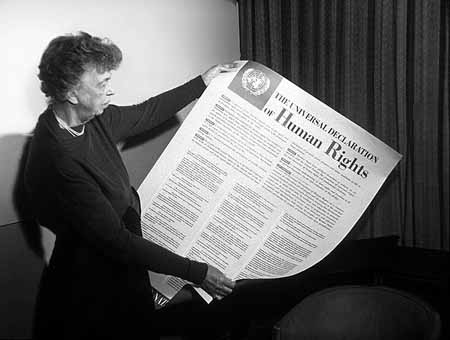
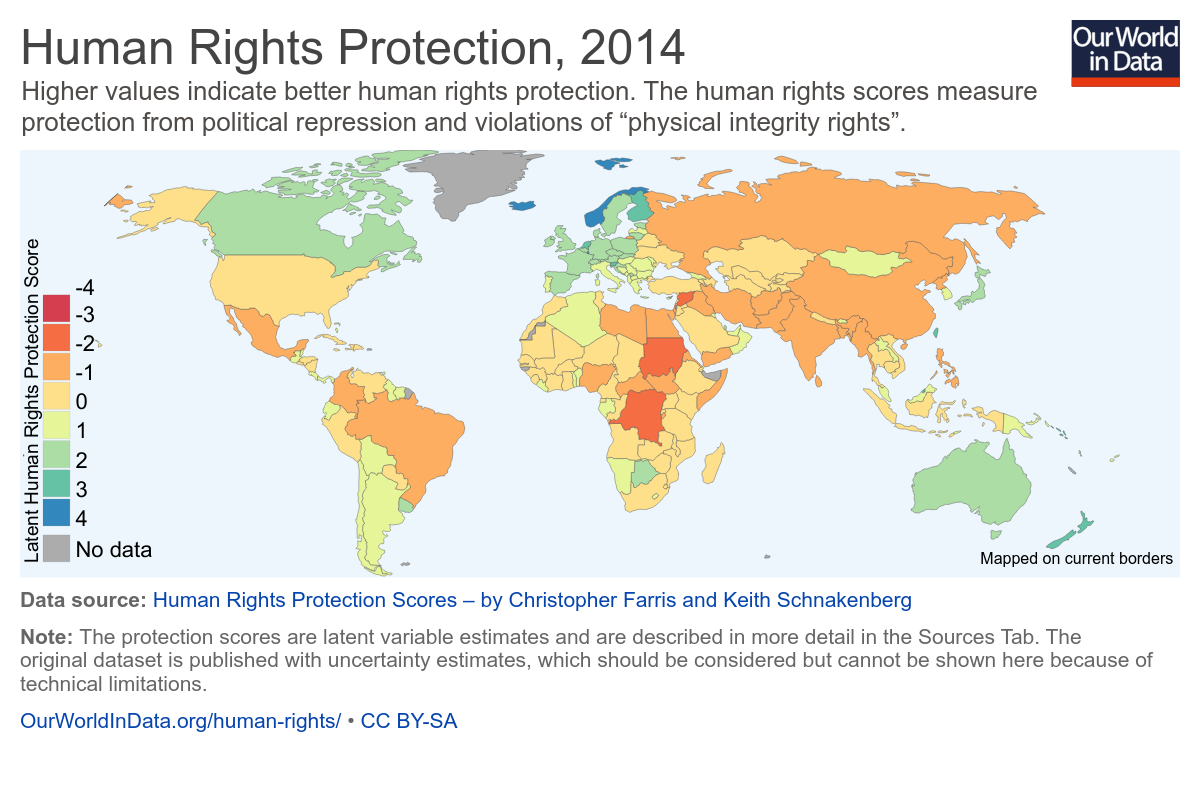
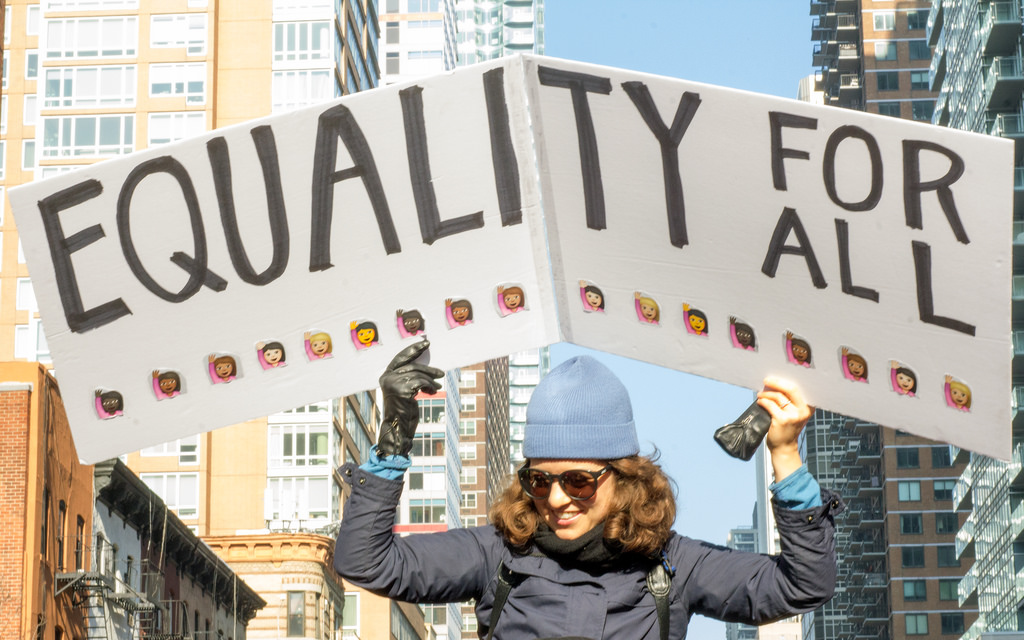
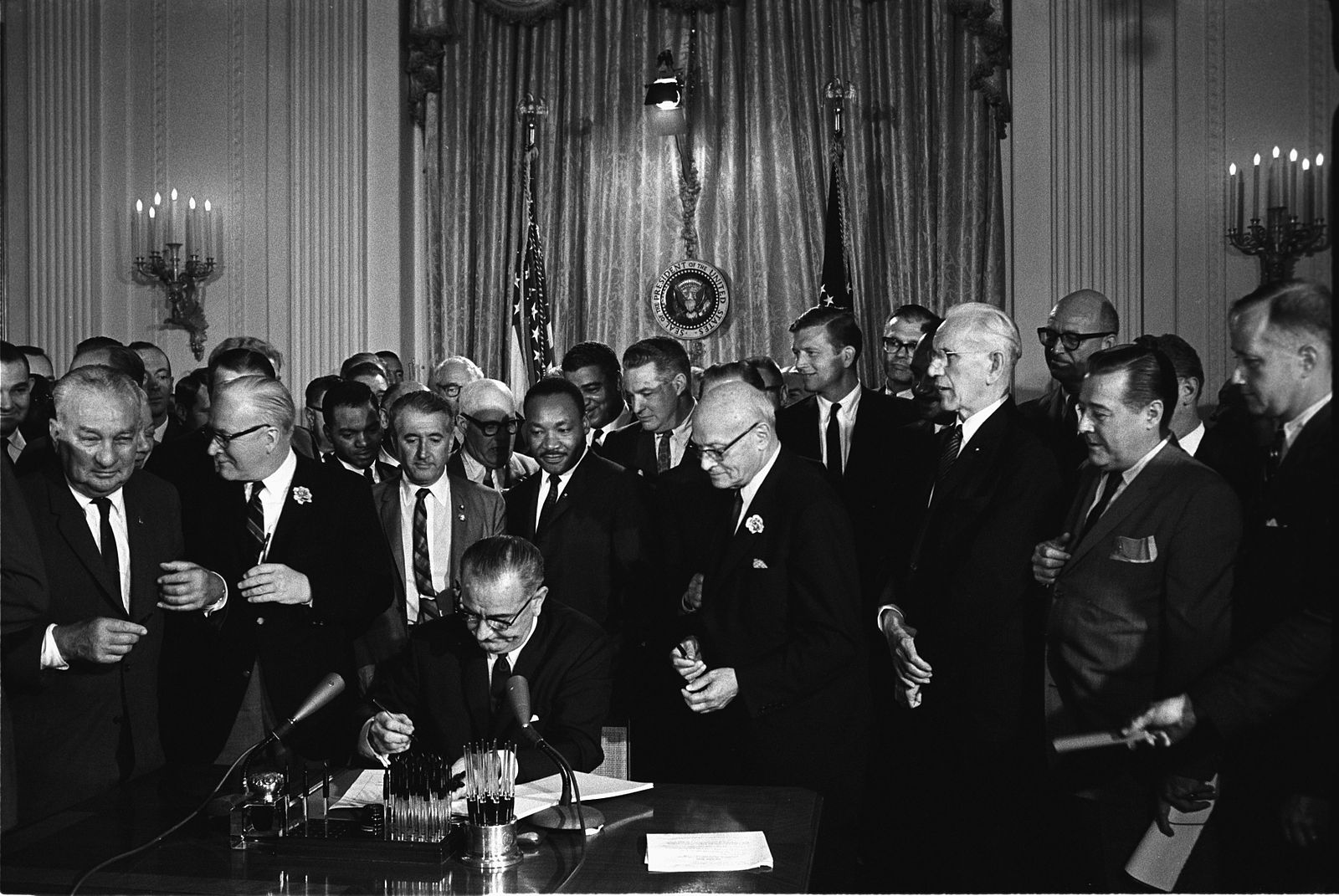
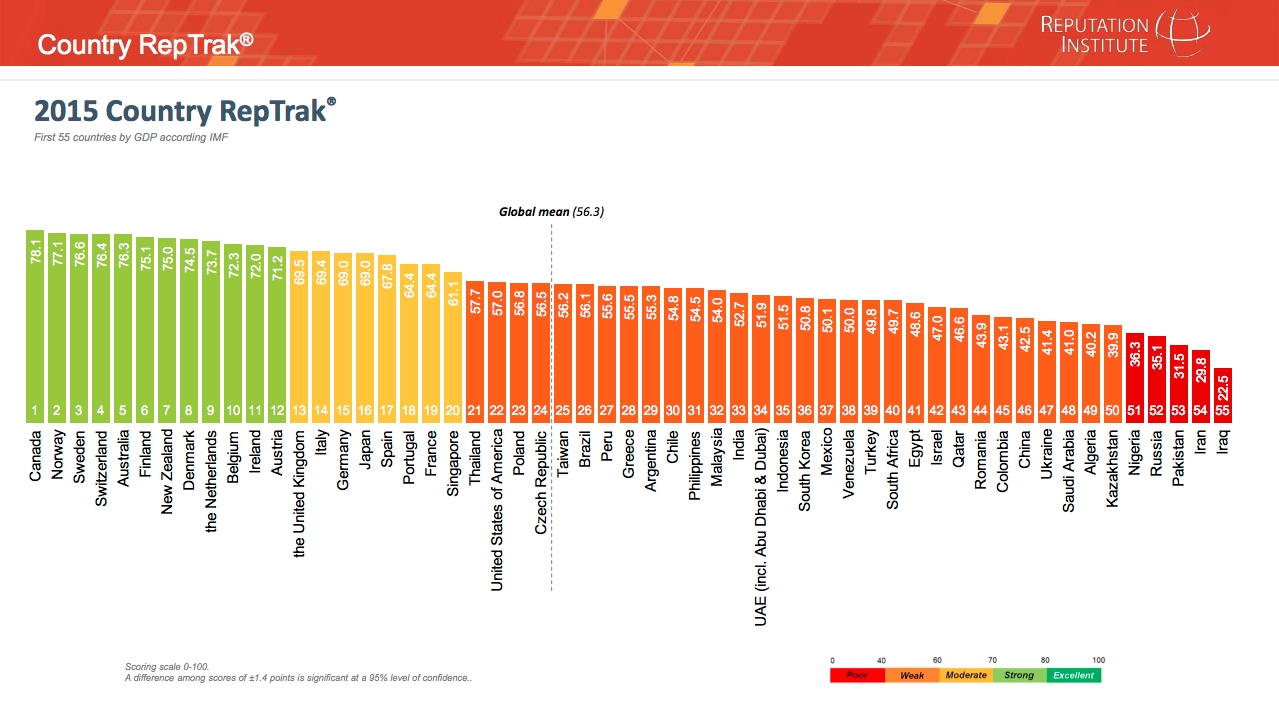
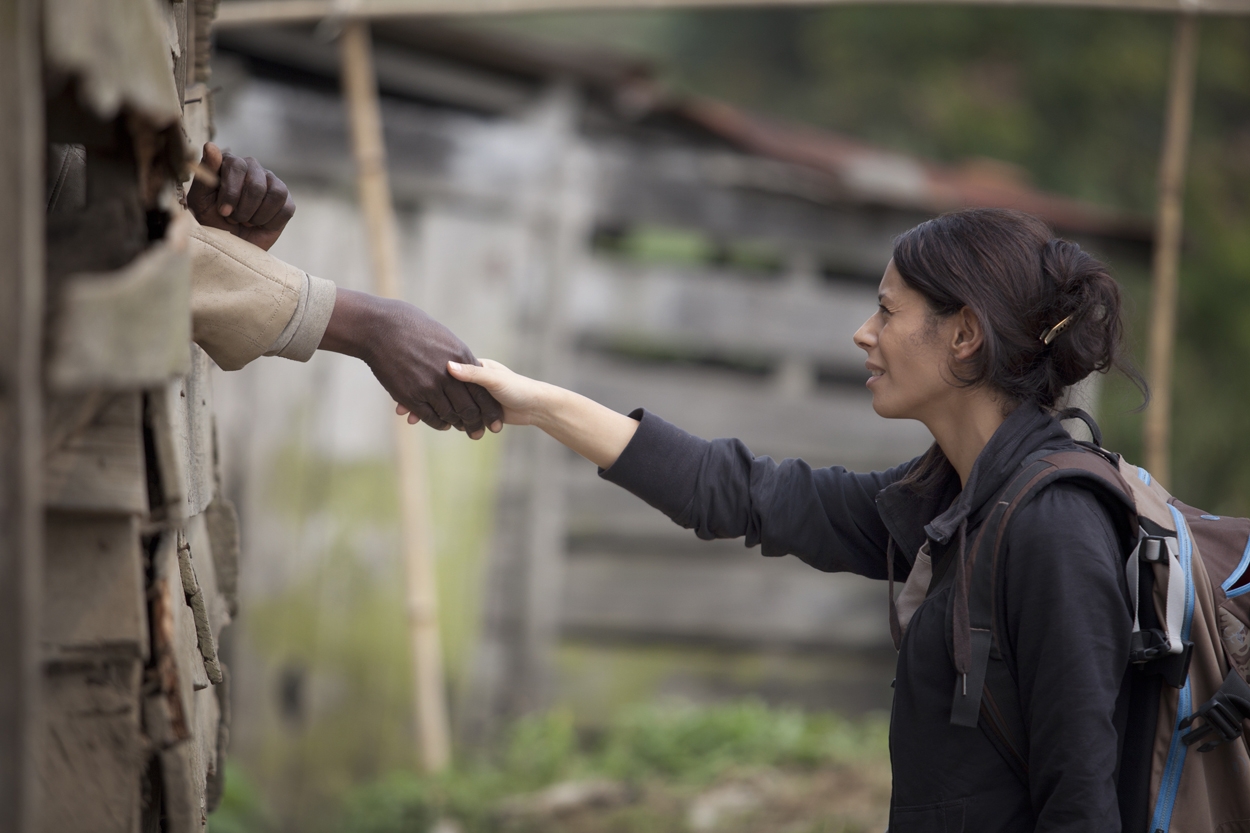
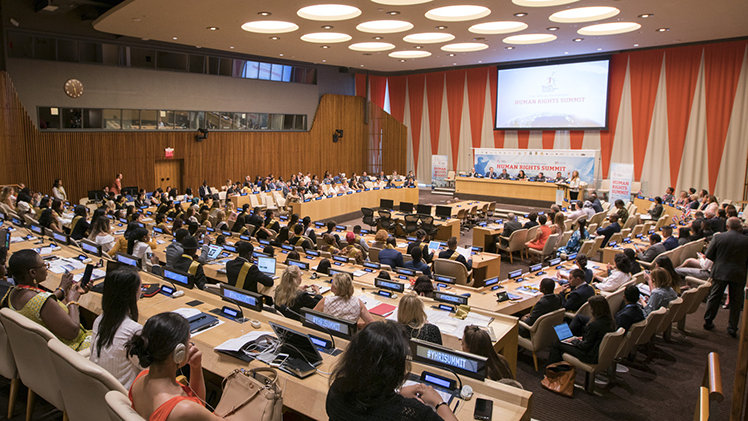
Donor | Total development aid | % of GNI | Background |
$2 billion [11] | 1.17 | (MENA Majority) | |
$470 million | 1.05 | (White Majority) | |
$4.29 billion | 1.02 | (White Majority) | |
$5.40 billion | 0.99 | (White Majority) | |
$2.55 billion | 0.71 | (White Majority) | |
$2.4 billion [12] | 0.65 |
| |
$23.81 billion | 0.60 | (White Majority) | |
$5.29 billion | 0.59 | (White Majority) | |
$12.24 billion | 0.55 | (MENA Majority) | |
$19.37 billion | 0.50 | (White Majority) | |
$12.18 billion | 0.44 | (White Majority) | |
$3.09 billion | 0.44 | (White Majority) | |
$2.18 billion | 0.42 | (White Majority) | |
$1.13 billion | 0.42 | (White Majority) | |
$940 million | 0.31 | (White Majority) | |
$15.51 billion[7] | 0.29 |
| |
$560 million | 0.28 | (White Majority) | |
$6.4 billion[5] | 0.27 | (White Majority) | |
$1.21 billion | 0.27 | (White Majority) | |
$70 million | 0.27 | (White Majority) | |
$4.9 billion | 0.24 | (White Majority) | |
$2.95 billion | 0.22 | (White Majority) | |
$2.90 billion | 0.21 | (White Majority) | |
$34.62 billion | 0.16 | (White Majority) | |
$370 million | 0.16 | (White Majority) | |
$90 million | 0.16 | (White Majority) | |
$2.52 billion | 0.15 |
| |
$310 million | 0.14 | (White Majority) | |
$310 million | 0.13 | (White Majority) | |
$680 million | 0.12 | (White Majority) | |
$130 million | 0.12 | (White Majority) |
Country | Overall Rank | Overall | Country Composition | Donations | Helping Strangers | Time Volunteered |
1 | 58.00% | (White Majority) | 61.00% | 72.00% | 42.00% | |
2 | 58.00% |
| 81.00% | 49.00% | 43.00% | |
3 | 57.00% | (White Majority) | 65.00% | 64.00% | 41.00% | |
4 | 56.00% | (White Majority) | 68.00% | 64.00% | 37.00% | |
5 | 56.00% | (White Majority) | 69.00% | 62.00% | 38.00% | |
6 | 55.00% | (White Majority) | 63.00% | 64.00% | 37.00% | |
7 | 54.00% | (White Majority) | 71.00% | 60.00% | 30.00% | |
8 | 53.00% | (White Majority) | 71.00% | 53.00% | 36.00% | |
9 | 51.00% |
| 50.00% | 55.00% | 46.00% | |
10 | 50.00% |
| 69.00% | 42.00% | 40.00% | |
11 | 47.00% |
| 38.00% | 68.00% | 37.00% | |
12 | 47.00% | (White Majority) | 71.00% | 45.00% | 24.00% | |
14 | 45.00% | (MENA Majority) | 52.00% | 63.00% | 19.00% | |
15 | 45.00% | (White Majority) | 53.00% | 53.00% | 27.00% | |
13 | 45.00% | (White Majority) | 56.00% | 48.00% | 32.00% | |
16 | 44.00% | (White Majority) | 58.00% | 52.00% | 22.00% | |
17 | 44.00% |
| 12.00% | 77.00% | 43.00% | |
18 | 43.00% | (White Majority) | 49.00% | 56.00% | 26.00% | |
19 | 43.00% |
| 32.00% | 53.00% | 43.00% | |
22 | 42.00% |
| 27.00% | 66.00% | 32.00% | |
21 | 42.00% |
| 71.00% | 41.00% | 15.00% | |
20 | 42.00% |
| 21.00% | 74.00% | 33.00% | |
23 | 41.00% | (MENA Majority) | 48.00% | 56.00% | 20.00% | |
25 | 41.00% |
| 35.00% | 54.00% | 33.00% | |
25 | 41.00% | (White Majority) | 42.00% | 52.00% | 28.00% | |
24 | 41.00% | (White Majority) | 44.00% | 53.00% | 25.00% | |
26 | 40.00% | (Mestizo Majority) | 32.00% | 55.00% | 34.00% | |
27 | 40.00% |
| 45.00% | 44.00% | 30.00% | |
29 | 40.00% | (White Majority) | 55.00% | 51.00% | 13.00% | |
28 | 40.00% |
| 51.00% | 39.00% | 29.00% | |
33 | 39.00% |
| 24.00% | 54.00% | 38.00% | |
30 | 39.00% |
| 45.00% | 44.00% | 28.00% | |
32 | 39.00% |
| 22.00% | 67.00% | 28.00% | |
31 | 39.00% | (Mestizo Majority) | 25.00% | 59.00% | 32.00% | |
34 | 39.00% | (White/MENA Majority) | 51.00% | 43.00% | 22.00% | |
35 | 38.00% |
| 22.00% | 66.00% | 26.00% | |
38 | 38.00% |
| 25.00% | 58.00% | 30.00% | |
36 | 38.00% |
| 21.00% | 64.00% | 29.00% | |
39 | 38.00% | (White/Mestizo Majority) | 31.00% | 59.00% | 22.00% | |
37 | 38.00% |
| 40.00% | 41.00% | 33.00% | |
40 | 38.00% | (White Majority) | 36.00% | 44.00% | 32.00% | |
41 | 37.00% | (White Majority) | 44.00% | 53.00% | 15.00% | |
45 | 36.00% |
| 18.00% | 63.00% | 25.00% | |
42 | 36.00% | (White Majority) | 39.00% | 44.00% | 25.00% | |
43 | 36.00% | (Mestizo Majority) | 28.00% | 49.00% | 31.00% | |
44 | 36.00% |
| 19.00% | 49.00% | 39.00% | |
49 | 35.00% | (White/Mestizo Majority) | 22.00% | 61.00% | 20.00% | |
48 | 35.00% |
| 38.00% | 48.00% | 18.00% | |
46 | 35.00% |
| 48.00% | 39.00% | 19.00% | |
47 | 35.00% | (Mestizo Majority) | 32.00% | 47.00% | 25.00% | |
52 | 34.00% | (MENA Majority) | 23.00% | 65.00% | 13.00% | |
50 | 34.00% | (MENA Majority) | 28.00% | 62.00% | 13.00% | |
51 | 34.00% |
| 21.00% | 57.00% | 23.00% | |
54 | 33.00% | (White Majority) | 38.00% | 45.00% | 16.00% | |
53 | 33.00% |
| 30.00% | 43.00% | 26.00% | |
56 | 33.00% |
| 19.00% | 63.00% | 16.00% | |
55 | 33.00% |
| 28.00% | 47.00% | 25.00% | |
59 | 32.00% |
| 31.00% | 50.00% | 15.00% | |
57 | 32.00% |
| 34.00% | 43.00% | 20.00% | |
58 | 32.00% | (White Majority) | 30.00% | 51.00% | 16.00% | |
60 | 32.00% | (White Majority) | 34.00% | 40.00% | 22.00% | |
63 | 31.00% |
| 25.00% | 51.00% | 17.00% | |
61 | 31.00% | (Mestizo Majority) | 22.00% | 51.00% | 21.00% | |
66 | 30.00% | (White Majority) | 27.00% | 36.00% | 27.00% | |
68 | 30.00% | (White/Mestizo Majority) | 28.00% | 42.00% | 20.00% | |
67 | 30.00% | (MENA Majority) | 33.00% | 47.00% | 10.00% | |
65 | 30.00% | (White Majority) | 26.00% | 49.00% | 15.00% | |
64 | 30.00% |
| 13.00% | 61.00% | 18.00% | |
69 | 29.00% |
| 32.00% | 42.00% | 13.00% | |
70 | 29.00% |
| 10.00% | 55.00% | 21.00% | |
74 | 28.00% | (White Majority) | 22.00% | 46.00% | 15.00% | |
73 | 28.00% | (Mestizo Majority) | 20.00% | 45.00% | 18.00% | |
75 | 28.00% | (White Majority) | 18.00% | 49.00% | 16.00% | |
72 | 28.00% | (Mestizo Majority) | 18.00% | 46.00% | 19.00% | |
71 | 28.00% |
| 13.00% | 58.00% | 14.00% | |
76 | 27.00% |
| 11.00% | 55.00% | 15.00% | |
77 | 27.00% |
| 12.00% | 57.00% | 11.00% | |
82 | 26.00% |
| 24.00% | 34.00% | 19.00% | |
81 | 26.00% |
| 16.00% | 51.00% | 11.00% | |
79 | 26.00% |
| 19.00% | 43.00% | 17.00% | |
84 | 26.00% |
| 23.00% | 42.00% | 12.00% | |
83 | 26.00% | (MENA Majority) | 18.00% | 52.00% | 7.00% | |
78 | 26.00% |
| 21.00% | 39.00% | 20.00% | |
80 | 26.00% | (White Majority) | 20.00% | 41.00% | 16.00% | |
86 | 25.00% | (White Majority) | 28.00% | 37.00% | 11.00% | |
87 | 25.00% |
| 13.00% | 49.00% | 15.00% | |
89 | 25.00% |
| 16.00% | 43.00% | 16.00% | |
90 | 25.00% | (MENA Majority) | 18.00% | 49.00% | 7.00% | |
88 | 25.00% | (White Majority) | 20.00% | 42.00% | 14.00% | |
92 | 25.00% | (White Majority) | 18.00% | 32.00% | 25.00% | |
93 | 25.00% | (Mestizo Majority) | 13.00% | 43.00% | 18.00% | |
94 | 25.00% | (White Majority) | 28.00% | 32.00% | 14.00% | |
85 | 25.00% |
| 19.00% | 41.00% | 15.00% | |
91 | 25.00% | (White Majority) | 34.00% | 35.00% | 6.00% | |
95 | 25.00% | (White Majority) | 20.00% | 37.00% | 17.00% | |
101 | 24.00% | (White Majority) | 18.00% | 35.00% | 19.00% | |
100 | 24.00% |
| 9.00% | 52.00% | 11.00% | |
99 | 24.00% |
| 12.00% | 48.00% | 12.00% | |
97 | 24.00% | (White Majority) | 20.00% | 45.00% | 7.00% | |
98 | 24.00% | (Mestizo Majority) | 18.00% | 40.00% | 15.00% | |
102 | 24.00% |
| 40.00% | 24.00% | 8.00% | |
103 | 24.00% |
| 10.00% | 52.00% | 9.00% | |
99 | 24.00% | (White Majority) | 14.00% | 38.00% | 20.00% | |
107 | 23.00% |
| 23.00% | 24.00% | 22.00% | |
104 | 23.00% | (MENA Majority) | 16.00% | 49.00% | 6.00% | |
108 | 23.00% | (Mestizo Majority) | 13.00% | 42.00% | 13.00% | |
106 | 23.00% |
| 13.00% | 42.00% | 15.00% | |
109 | 23.00% | (White Majority) | 20.00% | 38.00% | 9.00% | |
105 | 23.00% | (White Majority) | 21.00% | 39.00% | 9.00% | |
111 | 22.00% | (White Majority) | 22.00% | 29.00% | 15.00% | |
110 | 22.00% | (White Majority) | 25.00% | 32.00% | 10.00% | |
117 | 21.00% | (White Majority) | 12.00% | 35.00% | 16.00% | |
113 | 21.00% |
| 11.00% | 37.00% | 15.00% | |
116 | 21.00% |
| 11.00% | 29.00% | 24.00% | |
115 | 21.00% |
| 17.00% | 33.00% | 14.00% | |
118 | 21.00% | (White Majority) | 22.00% | 30.00% | 9.00% | |
112 | 21.00% | (White Majority) | 6.00% | 41.00% | 18.00% | |
114 | 21.00% | (White Majority) | 10.00% | 46.00% | 8.00% | |
119 | 20.00% | (White Majority) | 20.00% | 33.00% | 8.00% | |
123 | 19.00% | (White Majority) | 22.00% | 28.00% | 6.00% | |
120 | 19.00% | (White Majority) | 16.00% | 36.00% | 5.00% | |
122 | 19.00% | (MENA Majority) | 10.00% | 38.00% | 8.00% | |
121 | 19.00% | (White Majority) | 12.00% | 37.00% | 11.00% | |
124 | 17.00% | (MENA Majority) | 6.00% | 41.00% | 5.00% | |
126 | 16.00% |
| 11.00% | 31.00% | 5.00% | |
125 | 16.00% | (White Majority) | 7.00% | 36.00% | 6.00% |
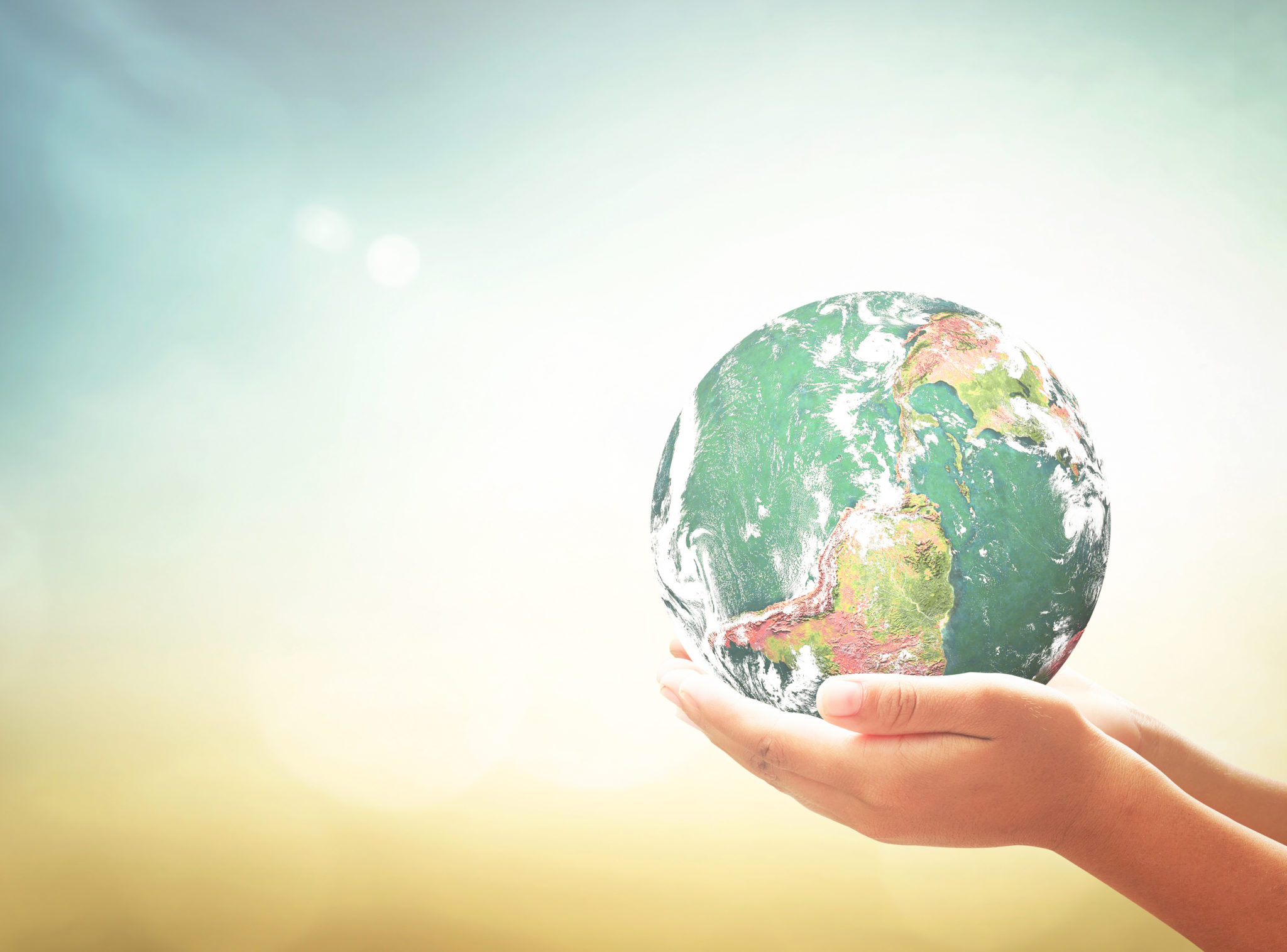
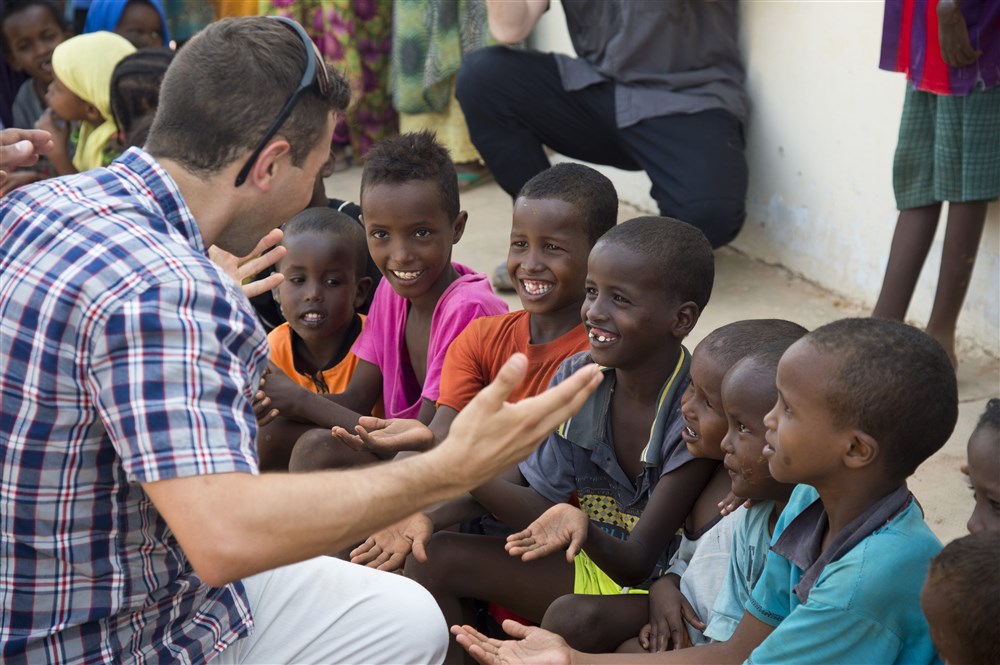
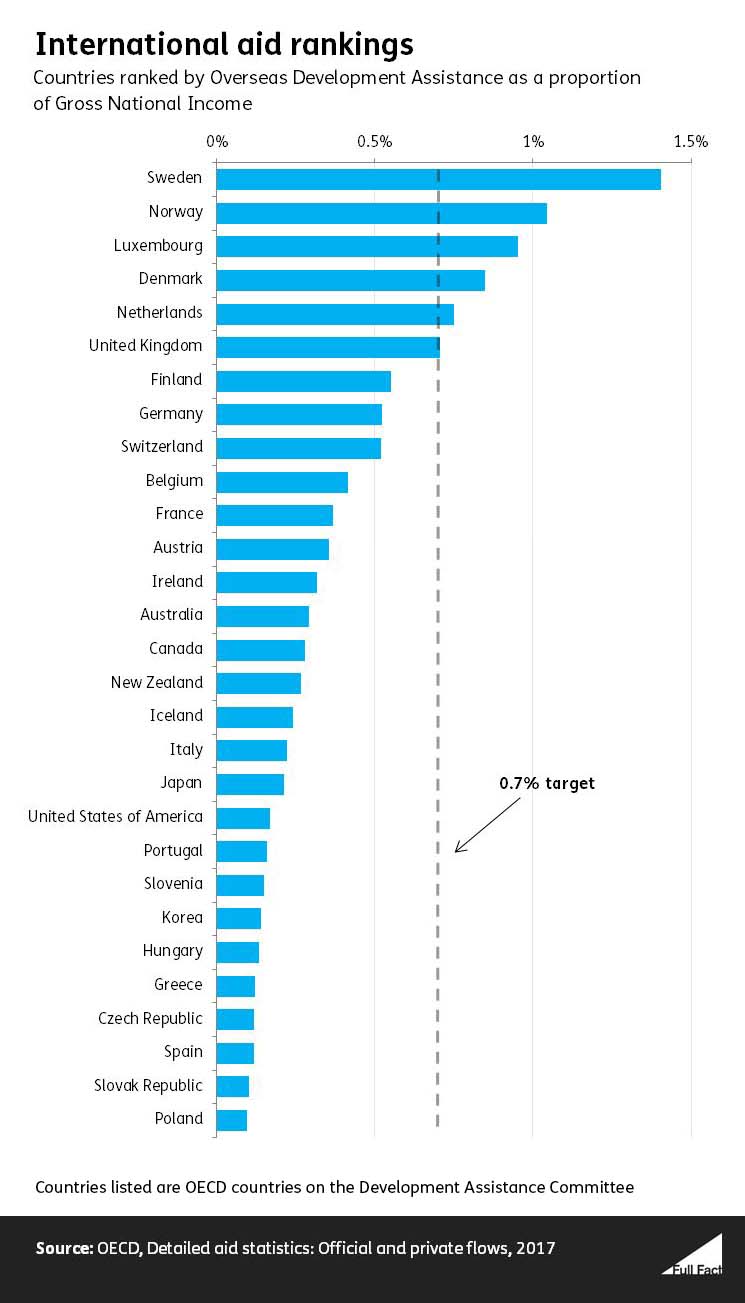
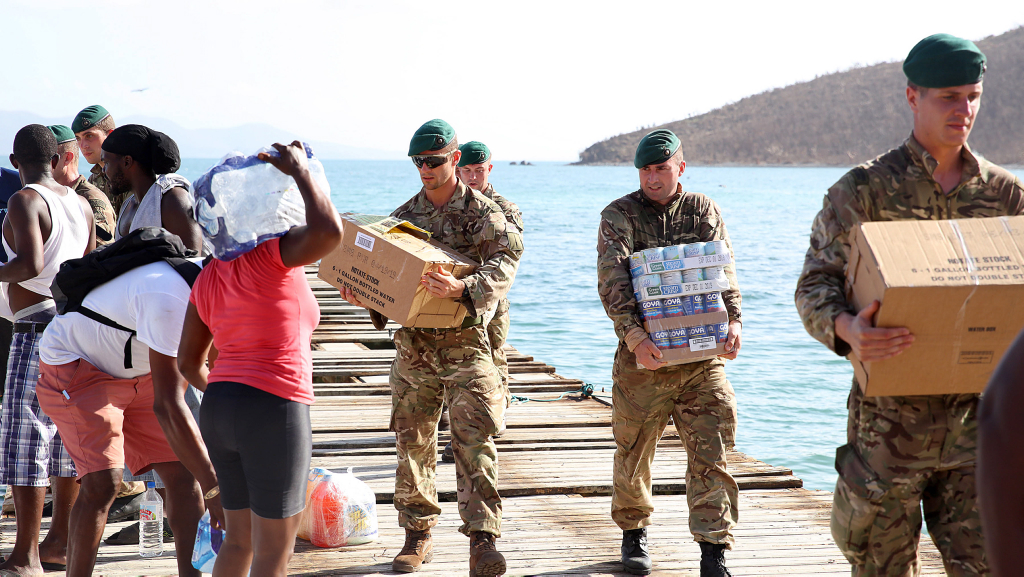
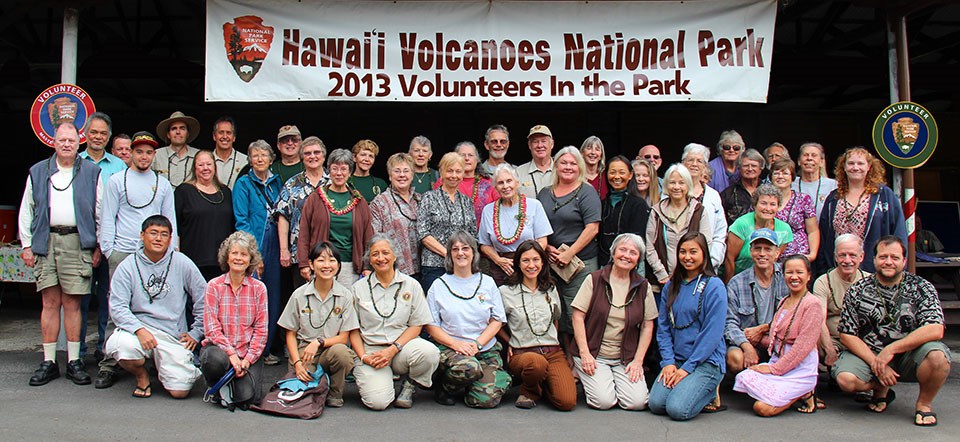
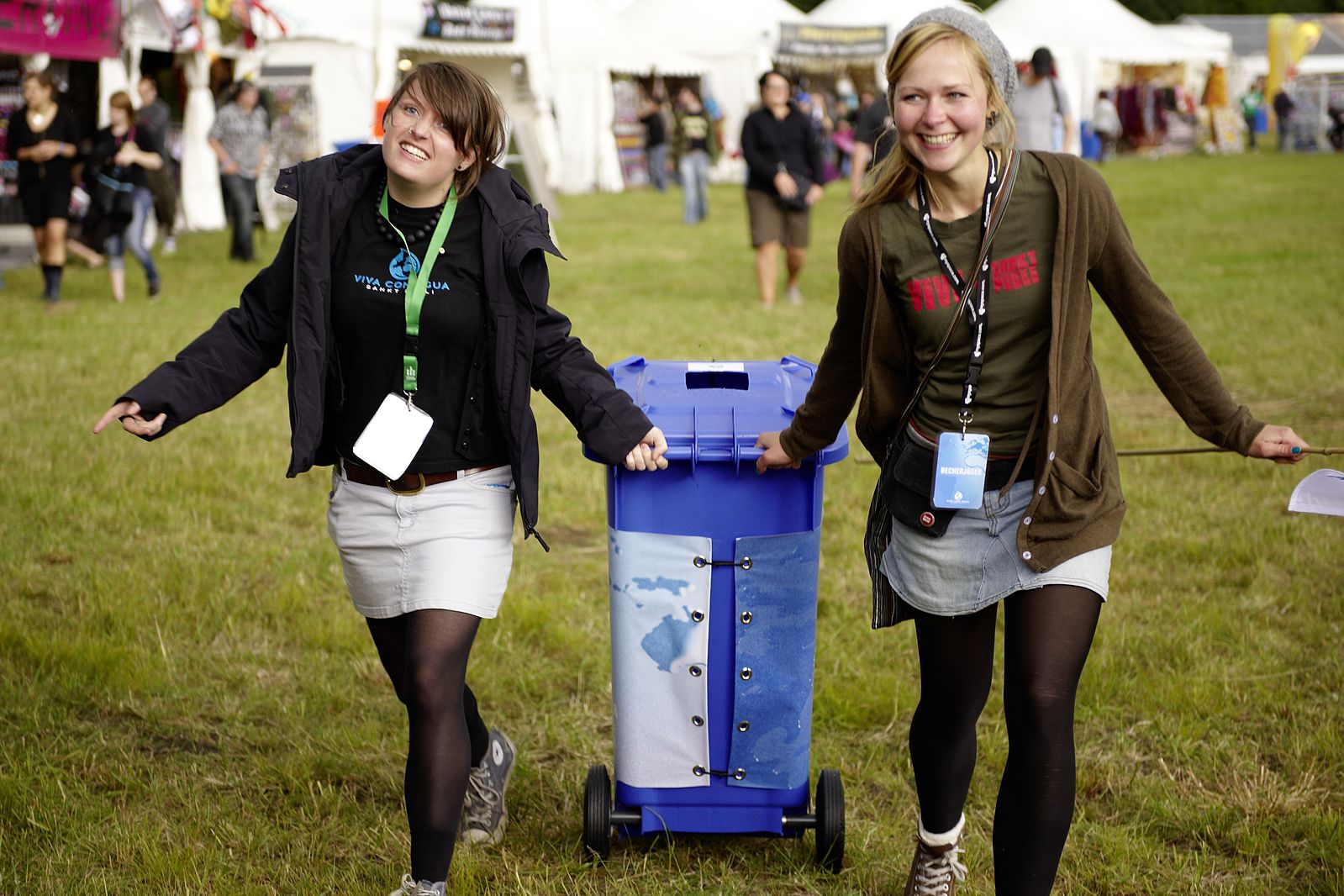
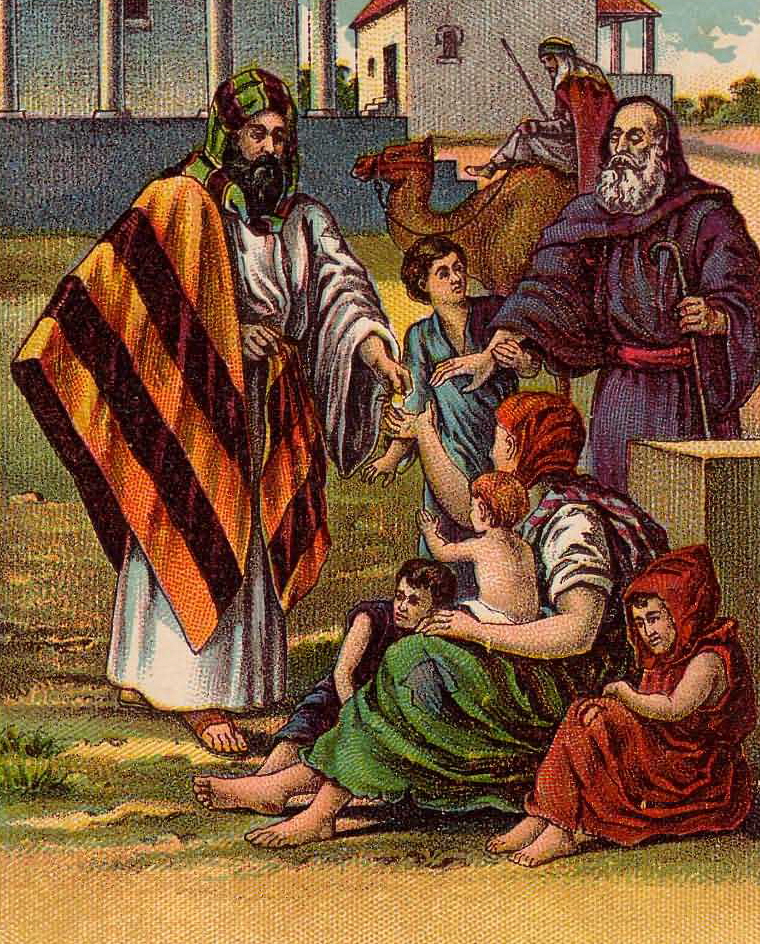
| Location | Year | |
| Country | 2022 | |
1 | Iceland (White Majority) | 0.908 | |
2 | Finland (White Majority) | 0.860 | |
3 | Norway (White Majority) | 0.845 | |
4 | New Zealand (White Majority) | 0.841 | |
5 | Sweden (White Majority) | 0.822 | |
6 | 0.811 | ||
7 | Nicaragua (White/Mestizo Majority) | 0.810 | |
8 | 0.807 | ||
9 | Ireland (White Majority) | 0.804 | |
10 | Germany (White Majority) | 0.801 | |
11 | Lithuania (White Majority) | 0.799 | |
12 | Costa Rica (White/Mestizo Majority) | 0.796 | |
13 | Switzerland (White Majority) | 0.795 | |
14 | Belgium (White Majority) | 0.793 | |
15 | France (White Majority) | 0.791 | |
16 | Moldova (White Majority) | 0.788 | |
17 | Spain (White Majority) | 0.788 | |
18 | Albania (White Majority) | 0.787 | |
19 | 0.783 | ||
20 | 0.782 | ||
21 | Austria (White Majority) | 0.781 | |
22 | United Arab Emirates (MENA Majority) | 0.780 | |
23 | Serbia (White Majority) | 0.779 | |
24 | 0.777 | ||
25 | Canada (White Majority) | 0.772 | |
26 | Latvia (White Majority) | 0.771 | |
27 | United Kingdom (White Majority) | 0.769 | |
28 | Netherlands (White Majority) | 0.767 | |
29 | Portugal (White Majority) | 0.766 | |
30 | 0.765 | ||
31 | Mexico (Mestizo Majority) | 0.764 | |
32 | Denmark (White Majority) | 0.764 | |
33 | Argentina (White Majority) | 0.756 | |
34 | 0.752 | ||
35 | 0.752 | ||
36 | Belarus (White Majority) | 0.750 | |
37 | Peru (Mestizo Majority) | 0.749 | |
38 | 0.749 | ||
39 | Slovenia (White Majority) | 0.744 | |
40 | Ecuador (Mestizo Majority) | 0.743 | |
41 | Panama (Mestizo Majority) | 0.743 | |
42 | Bulgaria (White Majority) | 0.740 | |
43 | Australia (White Majority) | 0.738 | |
44 | 0.737 | ||
45 | Chile (White Majority) | 0.736 | |
46 | 0.736 | ||
47 | Luxembourg (White Majority) | 0.736 | |
48 | 0.735 | ||
49 | 0.734 | ||
50 | 0.734 | ||
51 | Bolivia (Mestizo Majority) | 0.734 | |
52 | 0.733 | ||
53 | Estonia (White Majority) | 0.733 | |
54 | Montenegro (White Majority) | 0.732 | |
55 | Georgia (White Majority) | 0.731 | |
56 | 0.730 | ||
57 | 0.729 | ||
58 | 0.728 | ||
59 | El Salvador (Mestizo Majority) | 0.727 | |
60 | Israel (White/Mestizo Majority) | 0.727 | |
61 | 0.724 | ||
62 | 0.723 | ||
63 | Italy (White Majority) | 0.720 | |
64 | 0.719 | ||
65 | 0.719 | ||
66 | 0.719 | ||
67 | Slovakia (White Majority) | 0.717 | |
68 | North Macedonia (White Majority) | 0.716 | |
69 | United States (White Majority) | 0.716 | |
70 | 0.715 | ||
71 | 0.714 | ||
72 | Uruguay (White Majority) | 0.711 | |
73 | 0.710 | ||
74 | Czech Republic (White Majority) | 0.710 | |
75 | Colombia (White/Mestizo Majority) | 0.710 | |
76 | Bosnia and Herzegovina (White Majority) | 0.710 | |
77 | 0.709 | ||
78 | 0.709 | ||
79 | Poland (White Majority) | 0.709 | |
80 | Paraguay (White Majority) | 0.707 | |
81 | Ukraine (White Majority) | 0.707 | |
82 | 0.705 | ||
83 | Honduras (Mestizo Majority) | 0.705 | |
84 | Malta (White Majority) | 0.703 | |
85 | Dominican Republic (Mestizo Majority) | 0.703 | |
86 | Kyrgyz Republic (White Majority) | 0.700 | |
87 | 0.700 | ||
88 | Hungary (White Majority) | 0.699 | |
89 | Armenia (White Majority) | 0.698 | |
90 | Romania (White Majority) | 0.698 | |
91 | 0.697 | ||
92 | 0.697 | ||
93 | Brazil (White Majority) | 0.696 | |
94 | 0.696 | ||
95 | Belize (Mestizo Majority) | 0.695 | |
96 | 0.692 | ||
97 | 0.692 | ||
98 | 0.690 | ||
99 | 0.689 | ||
100 | Greece (White Majority) | 0.689 | |
101 | Azerbaijan (White Majority) | 0.687 | |
102 | 0.682 | ||
103 | 0.681 | ||
104 | 0.680 | ||
105 | 0.679 | ||
106 | 0.677 | ||
107 | 0.676 | ||
108 | 0.672 | ||
109 | 0.672 | ||
110 | 0.670 | ||
111 | 0.670 | ||
112 | 0.668 | ||
113 | Guatemala (Mestizo Majority) | 0.664 | |
114 | 0.663 | ||
115 | 0.659 | ||
116 | 0.650 | ||
117 | 0.648 | ||
118 | 0.647 | ||
119 | Lebanon (MENA Majority) | 0.644 | |
120 | Tunisia (MENA Majority) | 0.643 | |
121 | 0.641 | ||
122 | Jordan (MENA Majority) | 0.639 | |
123 | 0.639 | ||
124 | Turkey (White Majority) | 0.639 | |
125 | 0.638 | ||
126 | 0.637 | ||
127 | Saudi Arabia (MENA Majority) | 0.636 | |
128 | Egypt (MENA Majority) | 0.635 | |
129 | 0.635 | ||
130 | 0.632 | ||
131 | Bahrain (MENA Majority) | 0.632 | |
132 | Kuwait (MENA Majority) | 0.632 | |
133 | 0.632 | ||
134 | 0.631 | ||
135 | 0.629 | ||
136 | Morocco (MENA Majority) | 0.624 | |
137 | Qatar (MENA Majority) | 0.617 | |
138 | 0.612 | ||
139 | Oman (MENA Majority) | 0.609 | |
140 | Algeria (MENA Majority) | 0.602 | |
141 | 0.601 | ||
142 | 0.579 | ||
143 | Iran (MENA Majority) | 0.576 | |
144 | 0.575 | ||
145 | 0.564 | ||
146 | 0.435 | ||
147 | Yemen (MENA Majority) | N/A | |
148 | Syria (MENA Majority) | N/A | |
149 | N/A | ||
150 | Russia (White Majority) | N/A | |
151 | Venezuela (Mestizo Majority) | N/A | |
152 | N/A | ||
153 | Croatia (White Majority) | N/A | |
154 | Cuba (White Majority) | N/A | |
155 | N/A | ||
156 | Iraq (MENA Majority) | N/A | |
157 | N/A | ||
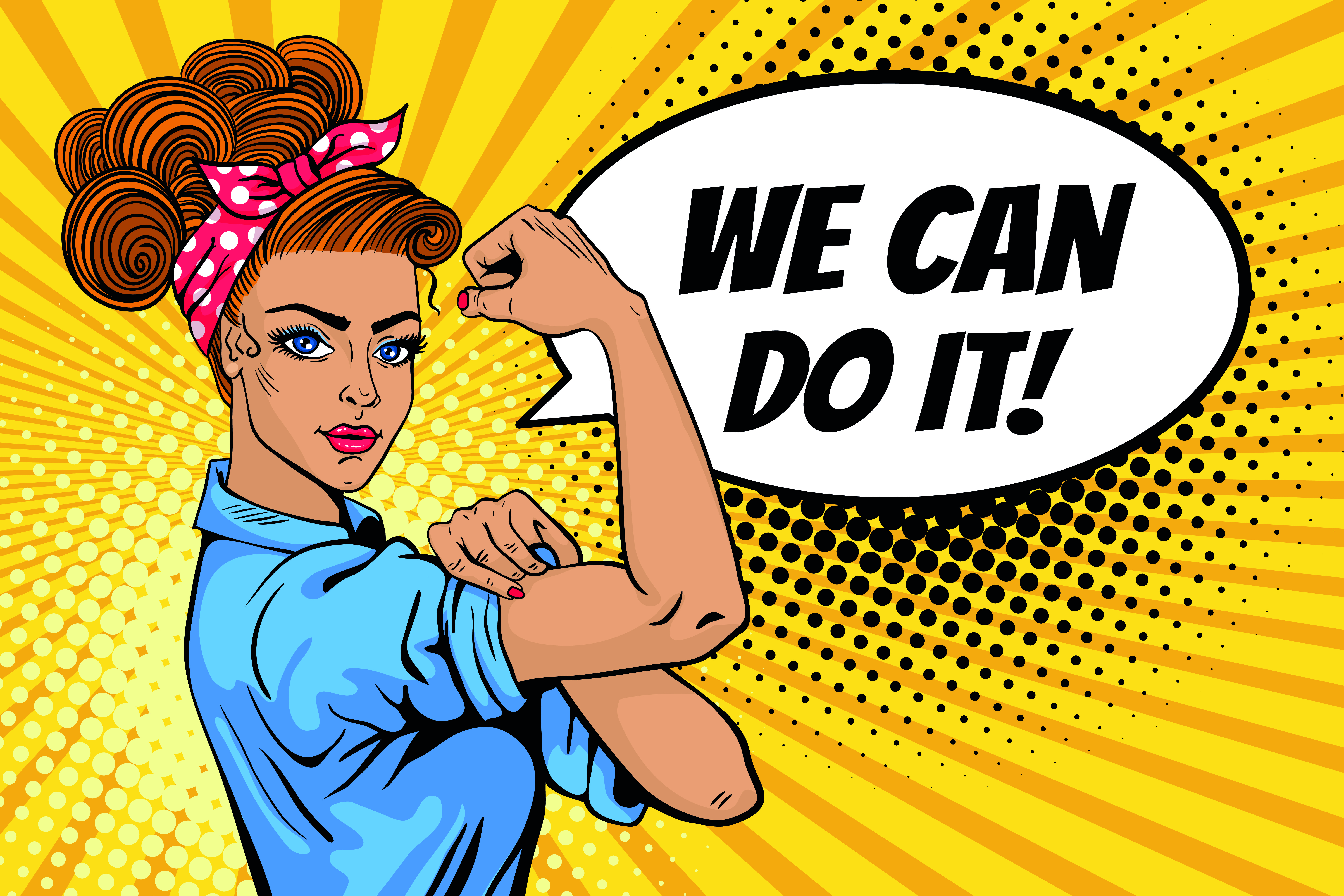
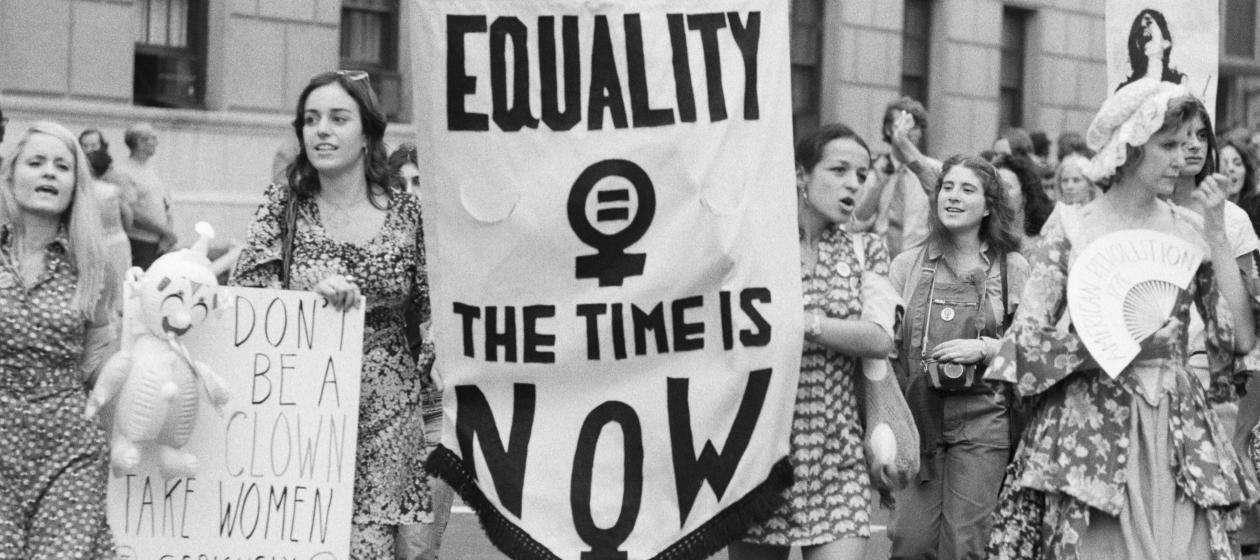
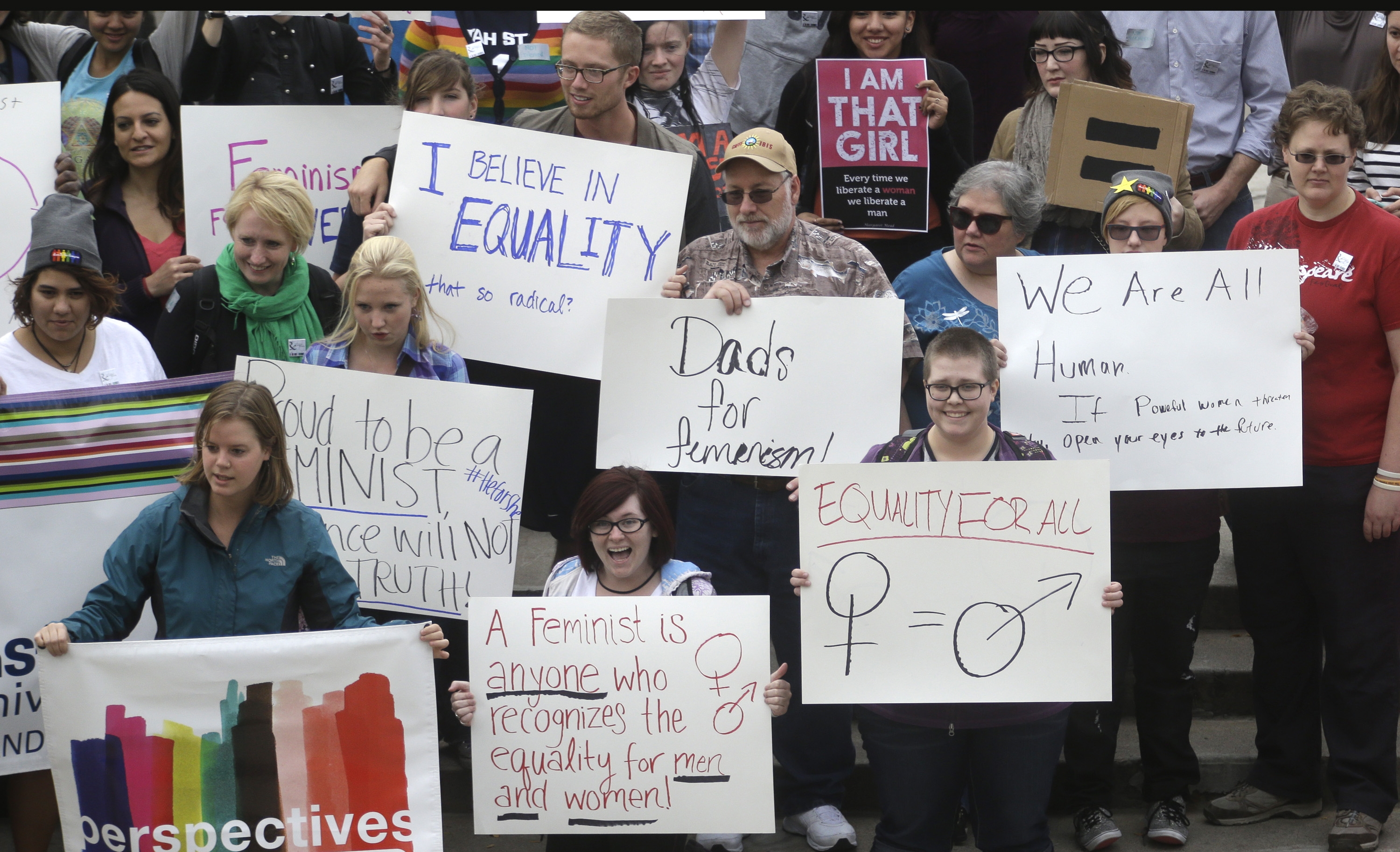
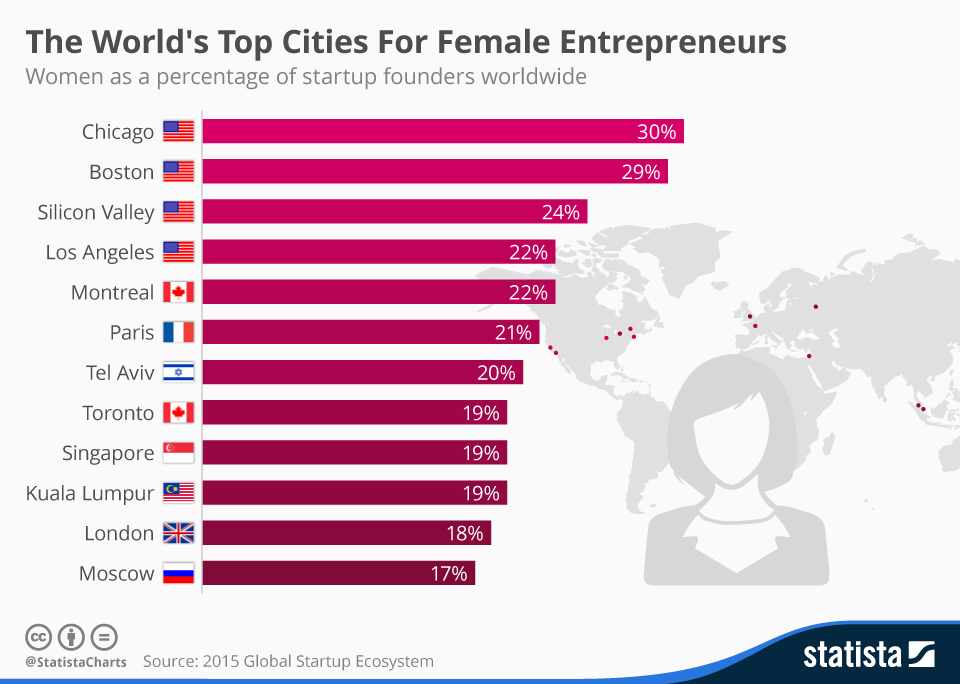

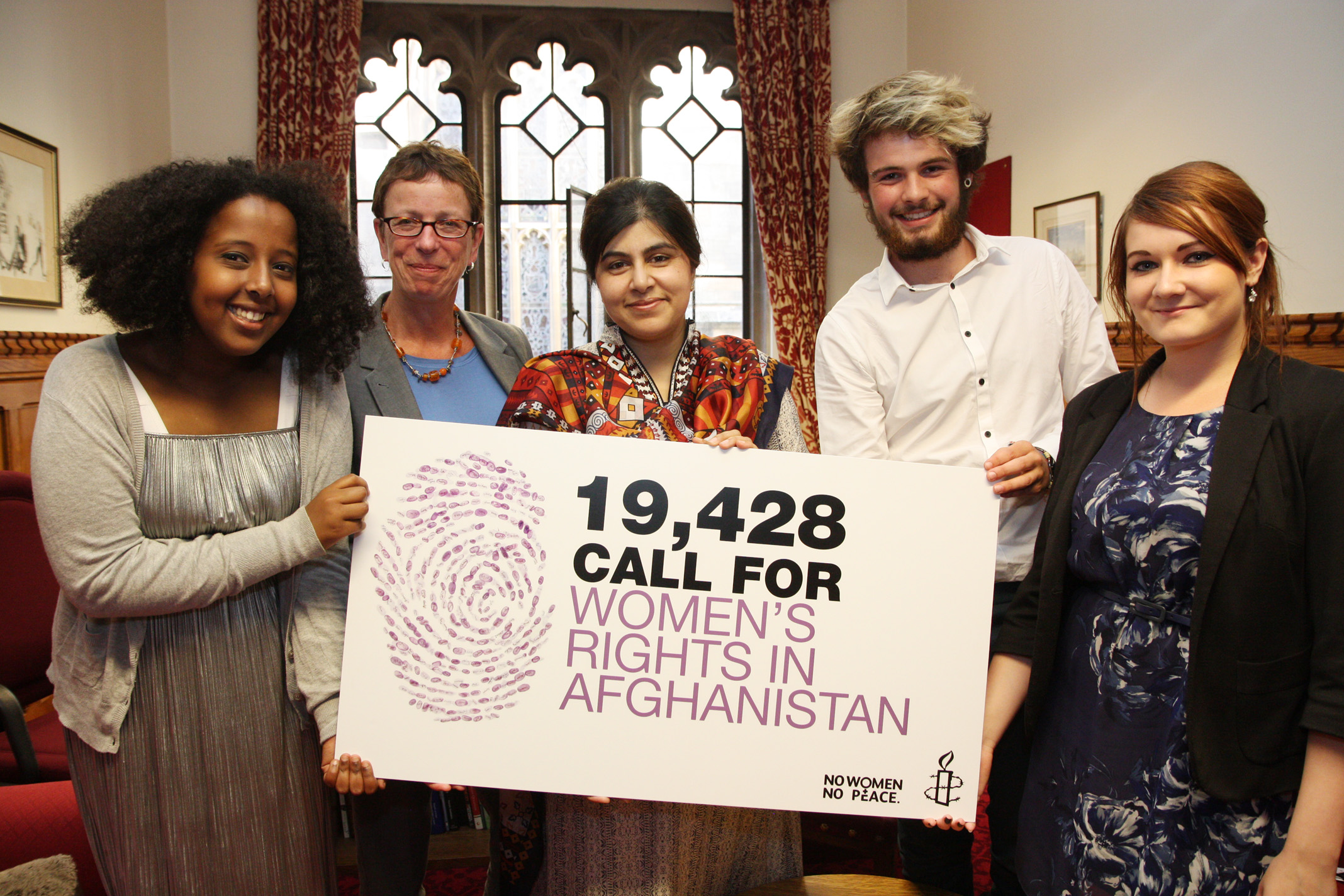
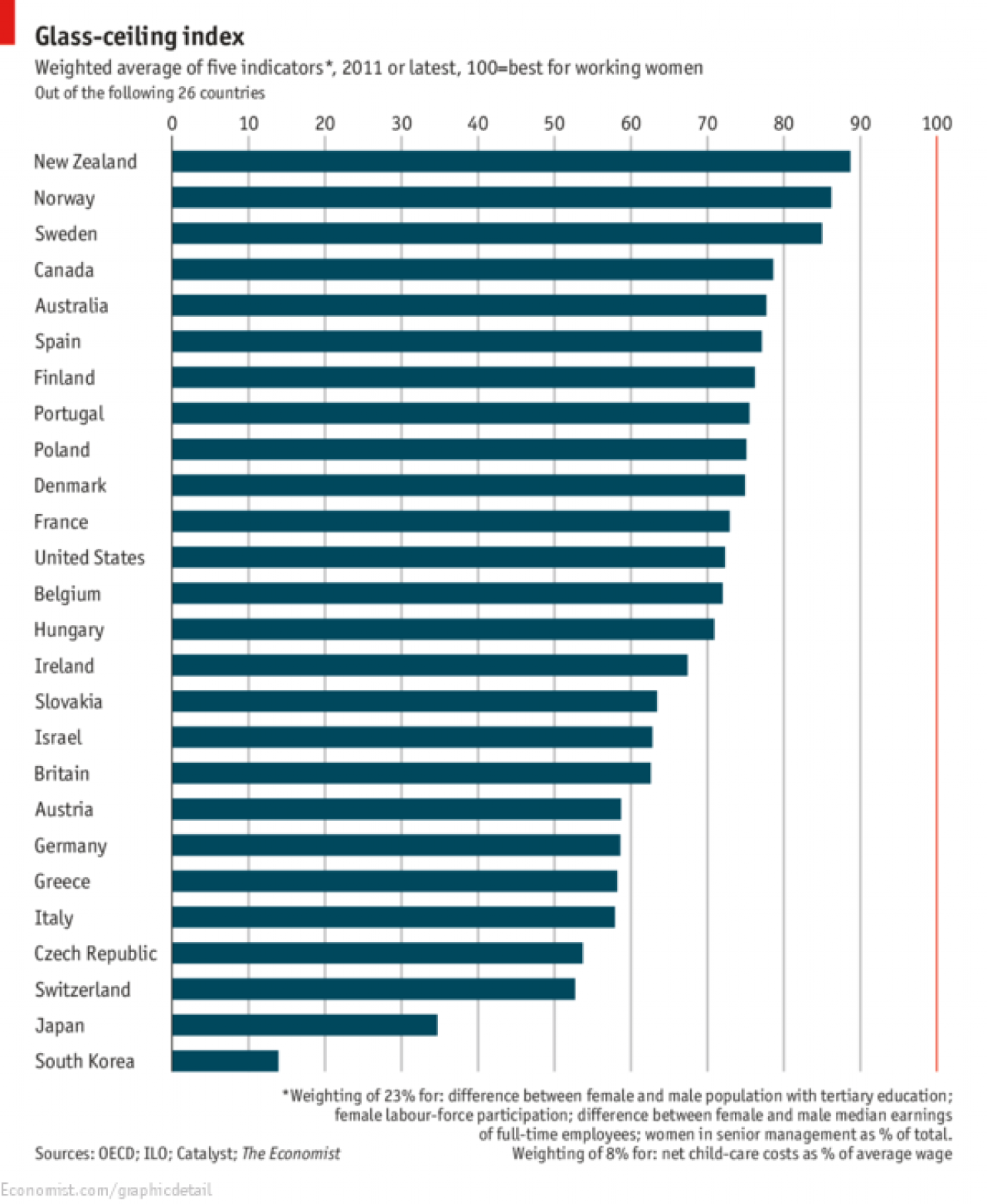
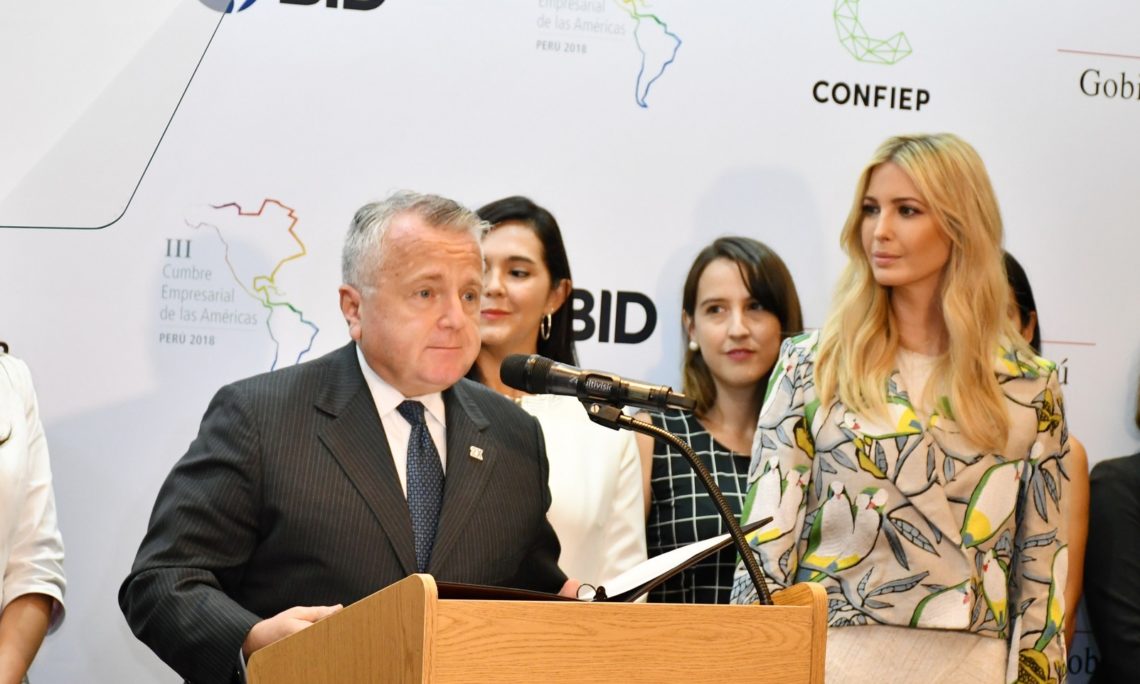
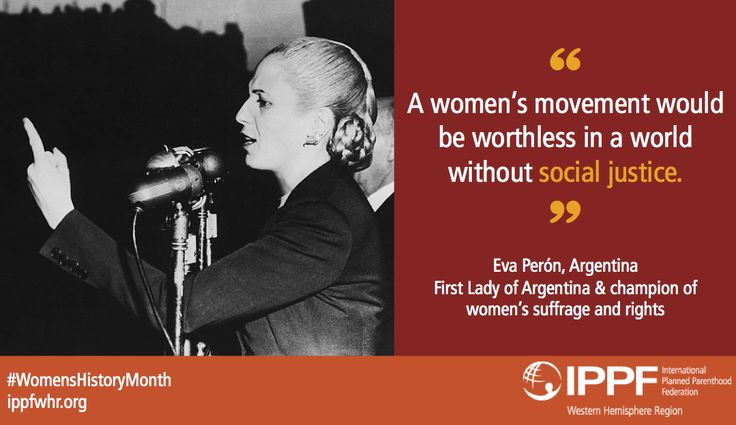
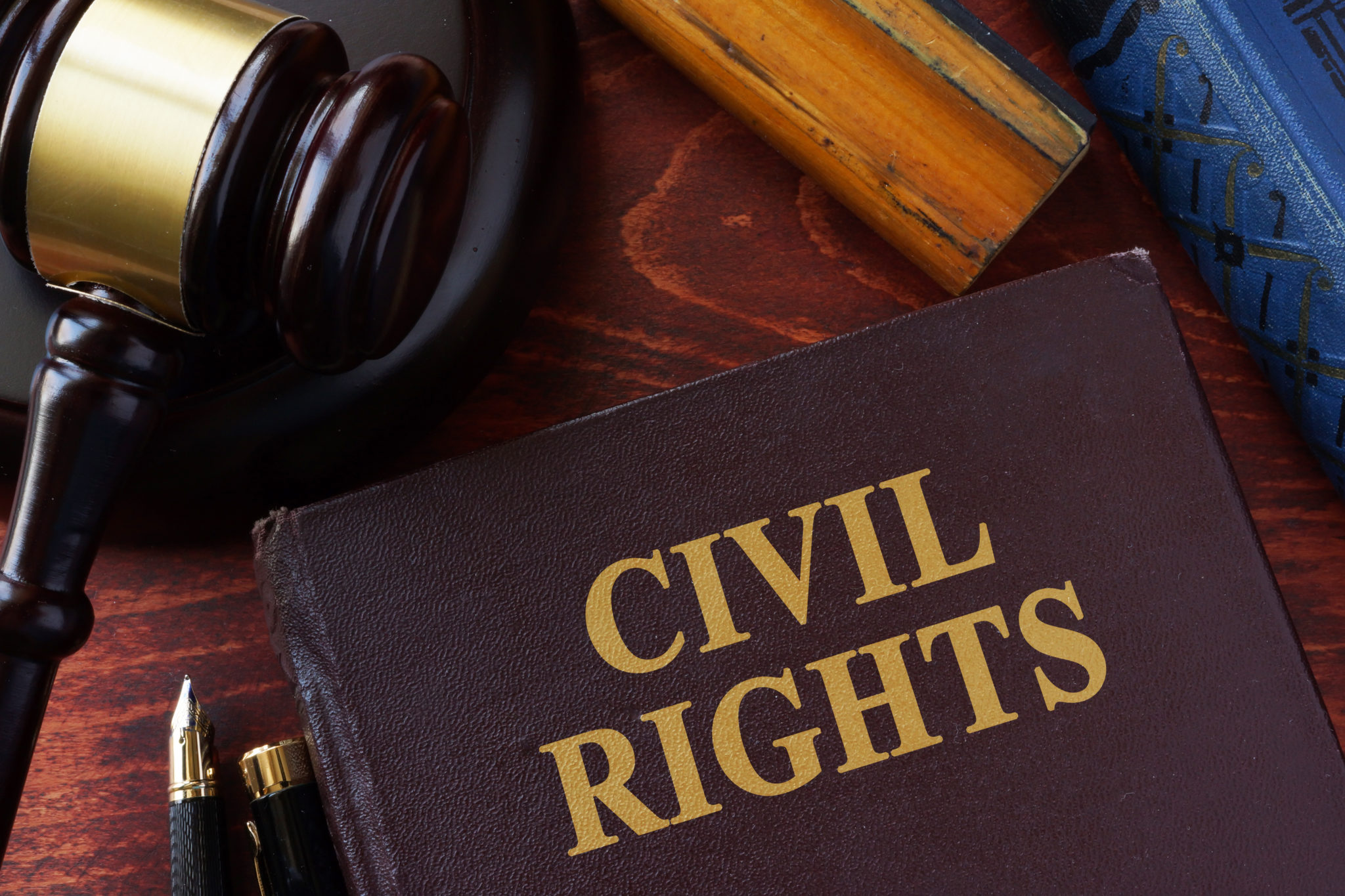
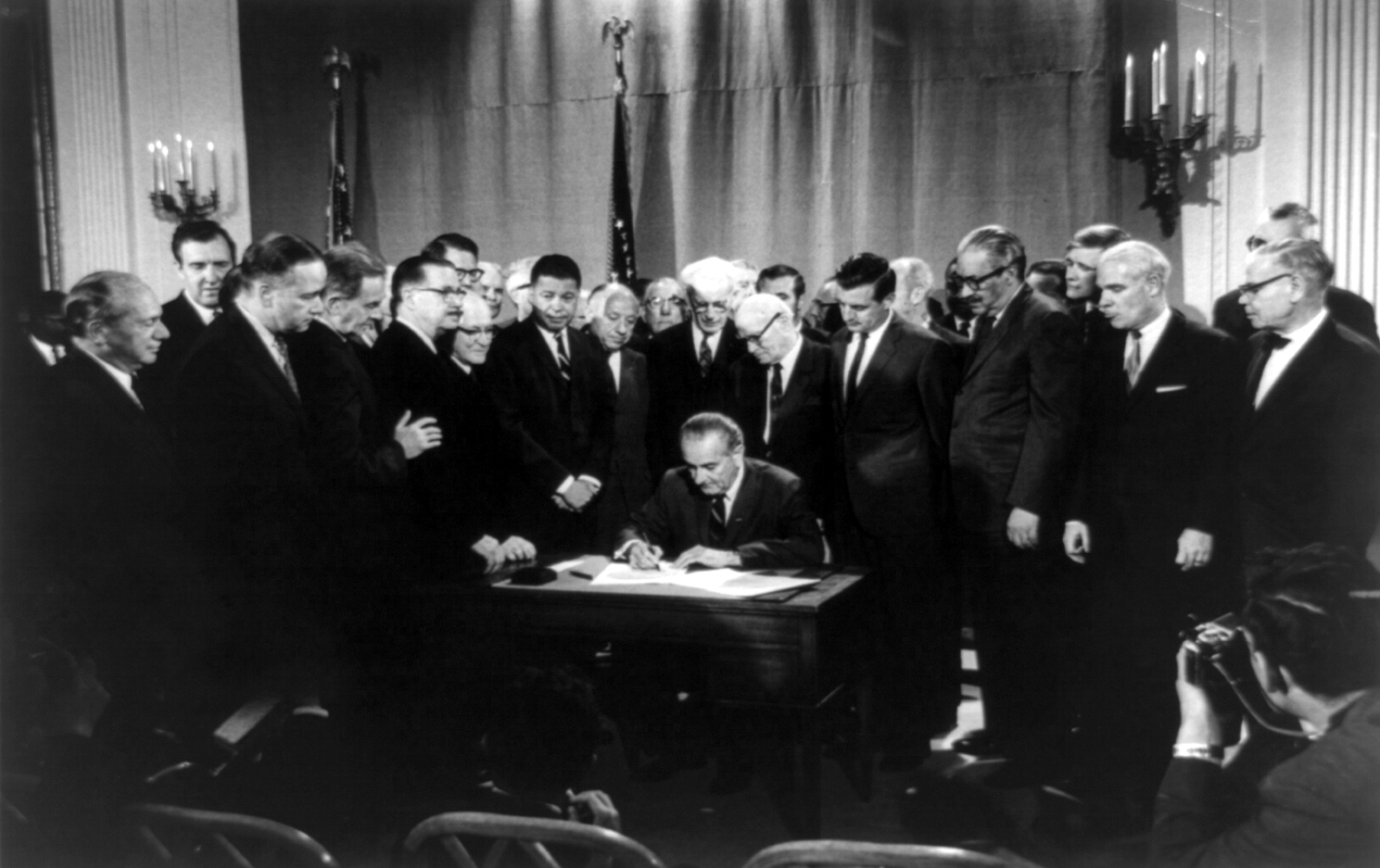
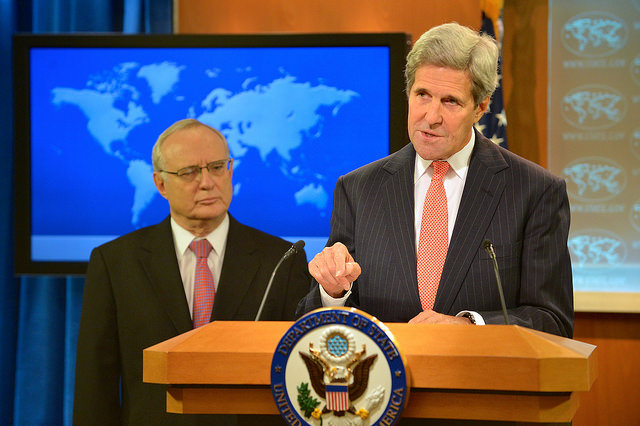
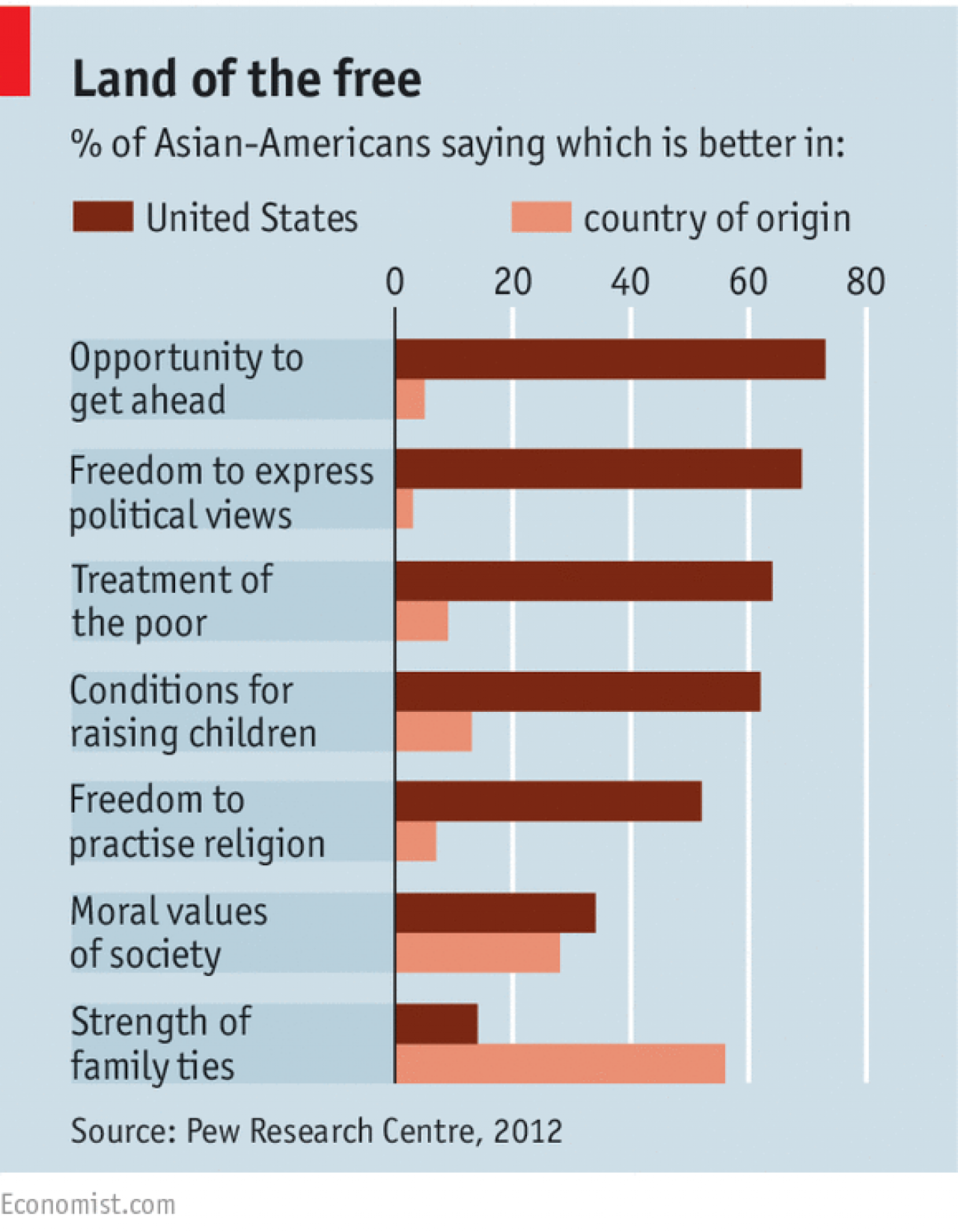
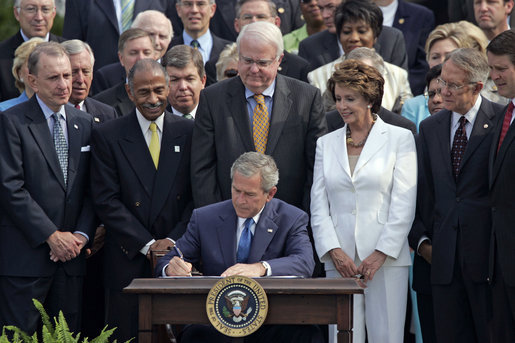
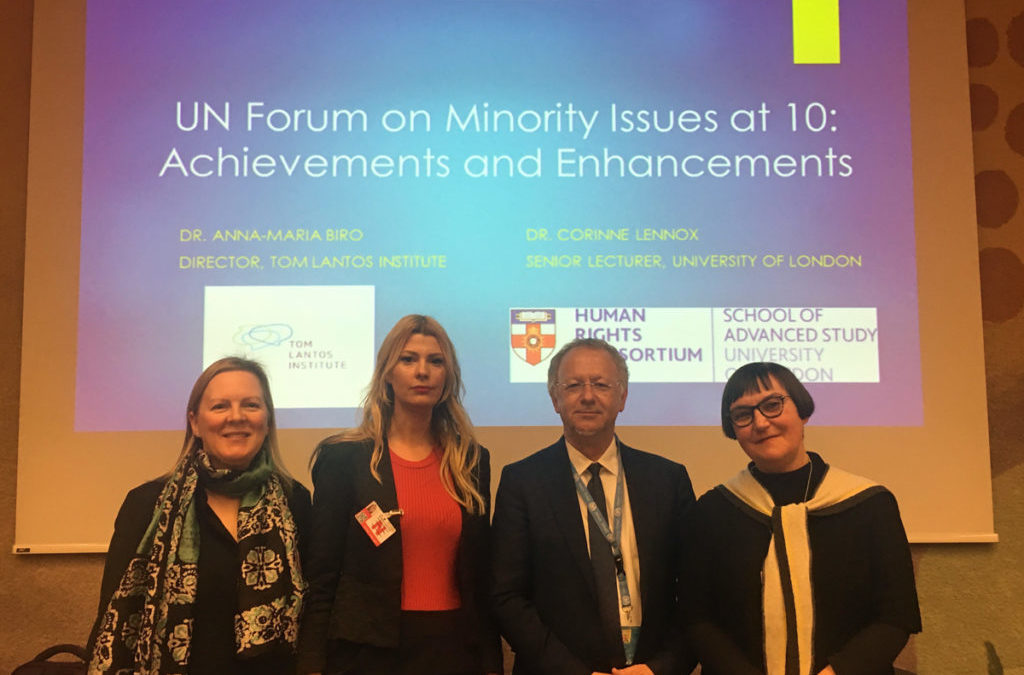

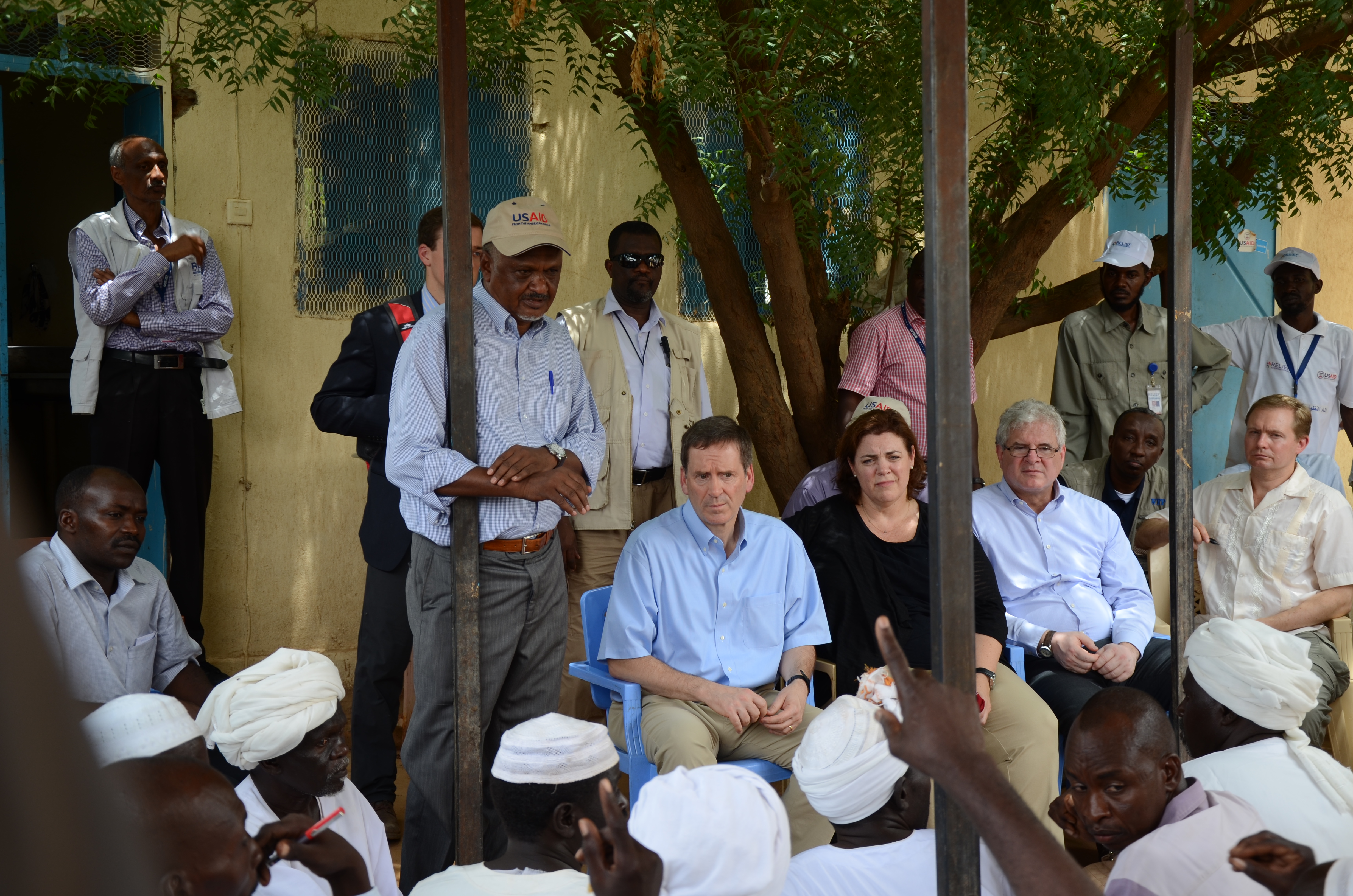
Country | 2017 | 2018 | 2019 | |
(White Majority) | 0.94 | 0.943 | 0.943 | |
0.787 | 0.859 | 0.937 | ||
(White Majority) | 0.926 | 0.928 | 0.93 | |
(White Majority) | 0.913 | 0.918 | 0.928 | |
(White Majority) | 0.926 | 0.927 | 0.927 | |
(White Majority) | 0.912 | 0.918 | 0.926 | |
(White Majority) | 0.923 | 0.923 | 0.926 | |
(White Majority) | 0.923 | 0.923 | 0.924 | |
0.913 | 0.921 | 0.924 | ||
(White Majority) | 0.918 | 0.918 | 0.922 | |
(White Majority) | 0.919 | 0.921 | 0.92 | |
(White Majority) | 0.914 | 0.914 | 0.918 | |
(White Majority) | 0.909 | 0.912 | 0.914 | |
(White Majority) | 0.893 | 0.899 | 0.91 | |
(White Majority) | 0.9 | 0.9 | 0.902 | |
(White Majority) | 0.888 | 0.9 | 0.9 | |
(White Majority) | 0.899 | 0.899 | 0.9 | |
(White Majority) | 0.89 | 0.89 | 0.898 | |
(White Majority) | 0.889 | 0.893 | 0.894 | |
(White Majority) | 0.89 | 0.89 | 0.89 | |
(White/MENA Majority) | 0.879 | 0.881 | 0.883 | |
(White Majority) | 0.876 | 0.883 | 0.883 | |
(White Majority) | 0.881 | 0.882 | 0.882 | |
0.863 | 0.871 | 0.88 | ||
(White Majority) | 0.866 | 0.866 | 0.869 | |
(White Majority) | 0.865 | 0.866 | 0.865 | |
0.865 | 0.865 | 0.865 | ||
(White Majority) | 0.845 | 0.851 | 0.862 | |
(White Majority) | 0.842 | 0.842 | 0.855 | |
0.853 | 0.848 | 0.855 | ||
0.848 | 0.85 | 0.851 | ||
(White Majority) | 0.833 | 0.833 | 0.849 | |
(White Majority) | 0.842 | 0.843 | 0.838 | |
(White Majority) | 0.827 | 0.832 | 0.832 | |
(White Majority) | 0.836 | 0.838 | 0.831 | |
0.817 | 0.822 | 0.83 | ||
(White Majority) | 0.813 | 0.827 | 0.827 | |
(White Majority) | 0.824 | 0.824 | 0.826 | |
(White Majority) | 0.816 | 0.824 | 0.825 | |
(White Majority) | 0.823 | 0.823 | 0.823 | |
(White Majority) | 0.816 | 0.819 | 0.821 | |
(White Majority) | 0.811 | 0.812 | 0.817 | |
(White Majority) | 0.804 | 0.805 | 0.81 | |
(White Majority) | 0.802 | 0.802 | 0.806 | |
(White Majority) | 0.802 | 0.803 | 0.805 | |
(White Majority) | 0.796 | 0.801 | 0.803 | |
(MENA Majority) | 0.783 | 0.802 | 0.802 | |
(White Majority) | 0.794 | 0.792 | 0.799 | |
(White Majority) | 0.785 | 0.791 | 0.793 | |
(White Majority) | 0.776 | 0.783 | 0.79 | |
(MENA Majority) | 0.784 | 0.789 | 0.789 | |
(White Majority) | 0.778 | 0.783 | 0.783 | |
0.773 | 0.773 | 0.782 | ||
(White Majority) | 0.785 | 0.779 | 0.779 | |
0.77 | 0.771 | 0.775 | ||
0.75 | 0.755 | 0.77 | ||
(MENA Majority) | 0.77 | 0.765 | 0.769 | |
(White Majority) | 0.763 | 0.763 | 0.768 | |
(White Majority) | 0.764 | 0.762 | 0.765 | |
(White Majority) | 0.759 | 0.763 | 0.765 | |
0.762 | 0.764 | 0.764 | ||
(MENA Majority) | 0.749 | 0.75 | 0.756 | |
(White Majority) | 0.747 | 0.743 | 0.746 | |
0.736 | 0.741 | 0.746 | ||
(White Majority) | 0.739 | 0.74 | 0.74 | |
0.736 | 0.737 | 0.74 | ||
(Mestizo Majority) | 0.721 | 0.728 | 0.74 | |
0.73 | 0.733 | 0.736 | ||
0.733 | 0.734 | 0.736 | ||
(White Majority) | 0.722 | 0.727 | 0.731 | |
0.724 | 0.723 | 0.73 | ||
0.724 | 0.726 | 0.729 | ||
0.728 | 0.728 | 0.728 | ||
(White/Mestizo Majority) | 0.717 | 0.724 | 0.726 | |
0.724 | 0.719 | 0.726 | ||
0.718 | 0.715 | 0.726 | ||
0.718 | 0.721 | 0.724 | ||
(White Majority) | 0.713 | 0.72 | 0.72 | |
(MENA Majority) | 0.731 | 0.718 | 0.718 | |
0.701 | 0.701 | 0.713 | ||
(White Majority) | 0.713 | 0.711 | 0.711 | |
(White Majority) | 0.708 | 0.71 | 0.711 | |
(White Majority) | 0.708 | 0.708 | 0.711 | |
0.707 | 0.707 | 0.707 | ||
(White Majority) | 0.697 | 0.702 | 0.704 | |
(Mestizo Majority) | 0.681 | 0.694 | 0.703 | |
0.704 | 0.703 | 0.702 | ||
(Mestizo Majority) | 0.707 | 0.709 | 0.702 | |
(Mestizo Majority) | 0.697 | 0.697 | 0.7 | |
(Mestizo Majority) | 0.7 | 0.7 | 0.7 | |
(Mestizo Majority) | 0.691 | 0.691 | 0.695 | |
(Mestizo Majority) | 0.686 | 0.69 | 0.695 | |
(White Majority) | 0.689 | 0.689 | 0.694 | |
0.692 | 0.691 | 0.689 | ||
0.679 | 0.68 | 0.684 | ||
(White/Mestizo Majority) | 0.678 | 0.678 | 0.682 | |
0.67 | 0.673 | 0.682 | ||
0.665 | 0.675 | 0.682 | ||
(MENA Majority) | 0.675 | 0.676 | 0.678 | |
0.665 | 0.667 | 0.678 | ||
0.664 | 0.666 | 0.676 | ||
0.661 | 0.661 | 0.675 | ||
0.658 | 0.661 | 0.673 | ||
(MENA Majority) | 0.665 | 0.668 | 0.672 | |
0.681 | 0.673 | 0.672 | ||
(MENA Majority) | 0.662 | 0.664 | 0.667 | |
0.657 | 0.66 | 0.666 | ||
0.655 | 0.656 | 0.665 | ||
(MENA Majority) | 0.653 | 0.659 | 0.661 | |
(MENA Majority) | 0.662 | 0.653 | 0.659 | |
0.628 | 0.645 | 0.653 | ||
0.633 | 0.639 | 0.65 | ||
0.637 | 0.642 | 0.65 | ||
(MENA Majority) | 0.635 | 0.638 | 0.638 | |
(White Majority) | 0.634 | 0.635 | 0.638 | |
0.629 | 0.63 | 0.632 | ||
0.626 | 0.626 | 0.63 | ||
(MENA Majority) | 0.605 | 0.609 | 0.618 | |
(MENA Majority) | 0.607 | 0.607 | 0.61 | |
(MENA Majority) | 0.604 | 0.604 | 0.604 | |
0.601 | 0.602 | 0.601 | ||
0.59 | 0.59 | 0.594 | ||
0.568 | 0.57 | 0.587 | ||
0.581 | 0.582 | 0.584 | ||
0.574 | 0.578 | 0.581 | ||
0.564 | 0.564 | 0.573 | ||
(White/Mestizo Majority) | 0.566 | 0.566 | 0.573 | |
(MENA Majority) | 0.547 | 0.559 | 0.569 | |
0.557 | 0.567 | 0.567 | ||
0.555 | 0.558 | 0.563 | ||
0.565 | 0.566 | 0.562 | ||
0.542 | 0.545 | 0.561 | ||
0.545 | 0.553 | 0.557 | ||
(MENA Majority) | 0.542 | 0.554 | 0.557 | |
0.549 | 0.553 | 0.557 | ||
(Mestizo Majority) | 0.562 | 0.553 | 0.555 | |
0.558 | 0.553 | 0.555 | ||
0.543 | 0.546 | 0.547 | ||
0.539 | 0.539 | 0.543 | ||
0.536 | 0.536 | 0.534 | ||
0.525 | 0.528 | 0.532 | ||
0.513 | 0.524 | 0.529 | ||
0.507 | 0.515 | 0.523 | ||
0.507 | 0.516 | 0.521 | ||
(Mestizo Majority) | 0.511 | 0.511 | 0.519 | |
0.507 | 0.51 | 0.517 | ||
0.496 | 0.496 | 0.51 | ||
0.498 | 0.5 | 0.5 | ||
(Mestizo Majority) | 0.496 | 0.499 | 0.499 | |
0.484 | 0.488 | 0.499 | ||
0.491 | 0.494 | 0.496 | ||
0.493 | 0.494 | 0.496 | ||
0.494 | 0.489 | 0.486 | ||
0.476 | 0.476 | 0.484 | ||
0.476 | 0.479 | 0.482 | ||
0.483 | 0.479 | 0.481 | ||
0.472 | 0.476 | 0.478 | ||
0.469 | 0.469 | 0.474 | ||
0.455 | 0.463 | 0.47 | ||
0.441 | 0.441 | 0.467 | ||
0.452 | 0.458 | 0.464 | ||
0.462 | 0.462 | 0.458 | ||
0.445 | 0.45 | 0.456 | ||
0.436 | 0.45 | 0.453 | ||
0.43 | 0.432 | 0.439 | ||
0.431 | 0.425 | 0.429 | ||
0.422 | 0.422 | 0.426 | ||
0.422 | 0.412 | 0.417 | ||
(MENA Majority) | 0.416 | 0.416 | 0.416 | |
0.408 | 0.413 | 0.414 | ||
0.402 | 0.402 | 0.414 | ||
0.381 | 0.39 | 0.406 | ||
0.399 | 0.403 | 0.406 | ||
0.392 | 0.392 | 0.402 | ||
0.389 | 0.392 | 0.396 | ||
0.385 | 0.389 | 0.395 | ||
0.348 | 0.35 | 0.354 | ||
0.352 | 0.353 | 0.353 | ||
(MENA Majority) | 0.341 | 0.347 | 0.35 | |
0.354 | 0.356 | 0.345 | ||
0.337 | 0.339 | 0.345 | ||
0.332 | 0.335 | 0.341 | ||
0.316 | 0.322 | 0.325 | ||
0.298 | 0.3 | 0.312 | ||
0.309 | 0.309 | 0.307 | ||
0.288 | 0.29 | 0.288 | ||
0.282 | 0.286 | 0.286 | ||
0.269 | 0.269 | 0.269 | ||
0.245 | 0.247 | 0.249 |
Rank | Entity | Nobel laureates | Population (2018) | Laureates/ 10 million |
— | 49,489 | 202.065 | ||
1 | 179,667 | 111.317 | ||
2 | 590,321 | 33.880 | ||
3 | 8,544,034 | 31.601 | ||
4 | 9,982,709 | 30.052 | ||
5 | 337,780 | 29.605 | ||
6 | 8,751,820 | 25.138 | ||
7 | 5,353,363 | 24.284 | ||
8 | 4,803,748 | 22.898 | ||
9 | 5,754,356 | 22.592 | ||
10 | 66,573,504 | 19.429 | ||
11 | 8,452,841 | 15.379 | ||
12 | 1,324,094 | 15.105 | ||
13 | 9,688,847 | 13.417 | ||
14 | 82,293,457 | 13.245 | ||
15 | 326,766,748 | 11.721 | ||
16 | 17,084,459 | 11.707 | ||
17 | 65,233,271 | 10.664 | ||
18 | 5,542,517 | 9.021 | ||
19 | 11,498,519 | 8.697 | ||
20 | 1,189,085 | 8.410 | ||
— | 444,697,104 | 8.005 | ||
21 | 1,372,598 | 7.285 | ||
22 | 36,953,765 | 6.765 | ||
23 | 4,749,598 | 6.316 | ||
24 | 3,503,554 | 5.708 | ||
25 | 24,772,247 | 5.651 | ||
26 | 10,625,250 | 5.647 | ||
27 | 1,929,938 | 5.182 | ||
28 | 38,104,832 | 4.986 | ||
29 | 2,081,260 | 4.805 | ||
30 | 4,164,783 | 4.802 | ||
31 | 2,085,051 | 4.796 | ||
32 | 4,853,516 | 4.121 | ||
33 | 2,876,475 | 3.476 | ||
34 | 59,290,969 | 3.373 | ||
— | 3,310,836 | 3.020 | ||
35 | 127,185,332 | 2.202 | ||
36 | 9,452,113 | 2.116 | ||
37 | 19,580,634 | 2.043 | ||
38 | 4,953,199 | 2.019 | ||
39 | 5,052,776 | 1.979 | ||
40 | 10,291,196 | 1.943 | ||
41 | 11,142,161 | 1.795 | ||
42 | 57,398,421 | 1.742 | ||
43 | 46,397,452 | 1.724 | ||
44 | 143,964,709 | 1.598 | ||
45 | 7,036,848 | 1.421 | ||
— | 7,428,887 | 1.346 | ||
— | 7,632,819,325 | 1.204 | ||
46 | 17,245,346 | 1.160 | ||
47 | 44,688,864 | 1.119 | ||
48 | 18,197,209 | 1.099 | ||
49 | 9,923,914 | 1.008 | ||
50 | 42,008,054 | 0.476 | ||
51 | 44,009,214 | 0.454 | ||
52 | 23,694,089 | 0.422 | ||
53 | 49,464,683 | 0.404 | ||
54 | 99,375,741 | 0.403 | ||
55 | 51,164,435 | 0.195 | ||
56 | 28,915,284 | 0.346 | ||
57 | 29,463,643 | 0.339 | ||
58 | 32,381,221 | 0.309 | ||
59 | 32,551,815 | 0.307 | ||
60 | 36,191,805 | 0.276 | ||
61 | 39,339,753 | 0.254 | ||
62 | 81,916,871 | 0.244 | ||
63 | 82,011,735 | 0.244 | ||
64 | 130,759,074 | 0.229 | ||
65 | 50,950,879 | 0.196 | ||
66 | 53,855,735 | 0.186 | ||
67 | 84,004,989 | 0.119 | ||
68 | 96,491,146 | 0.104 | ||
69 | 200,813,818 | 0.300 | ||
70 | 109,224,410[6] | 0.092 | ||
71 | 1,354,051,854 | 0.081 | ||
72 | 1,415,045,928 | 0.064 | ||
73 | 166,368,149 | 0.060 | ||
74 | 195,875,237 | 0.051 |

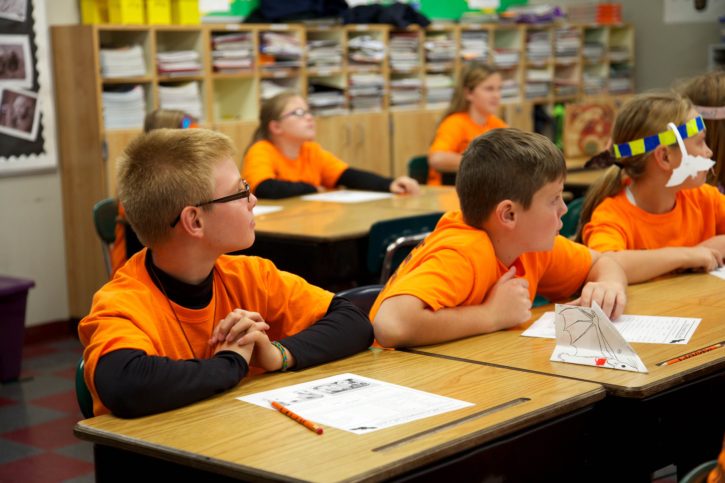
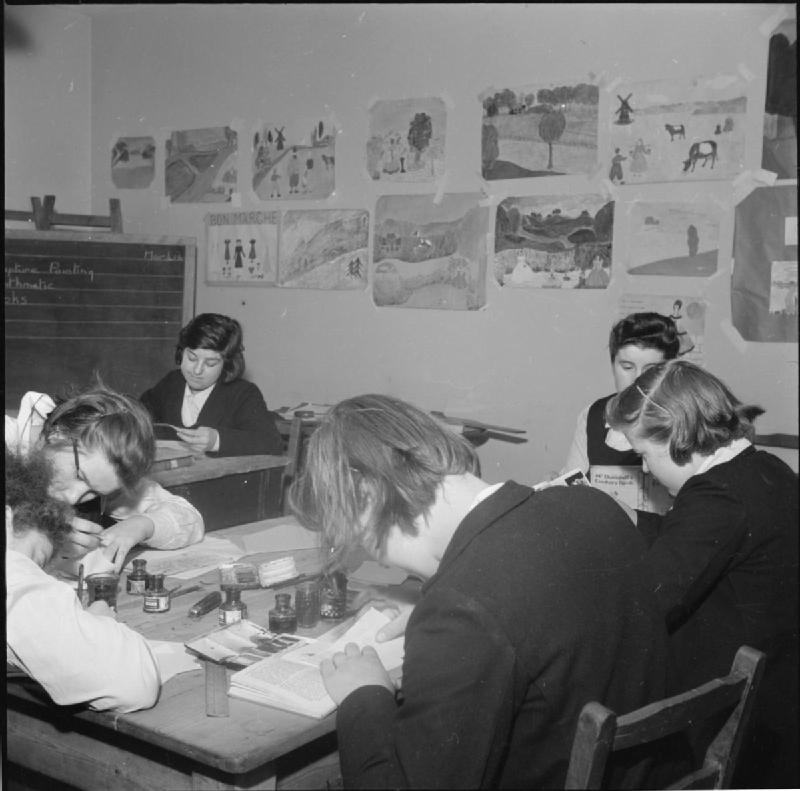
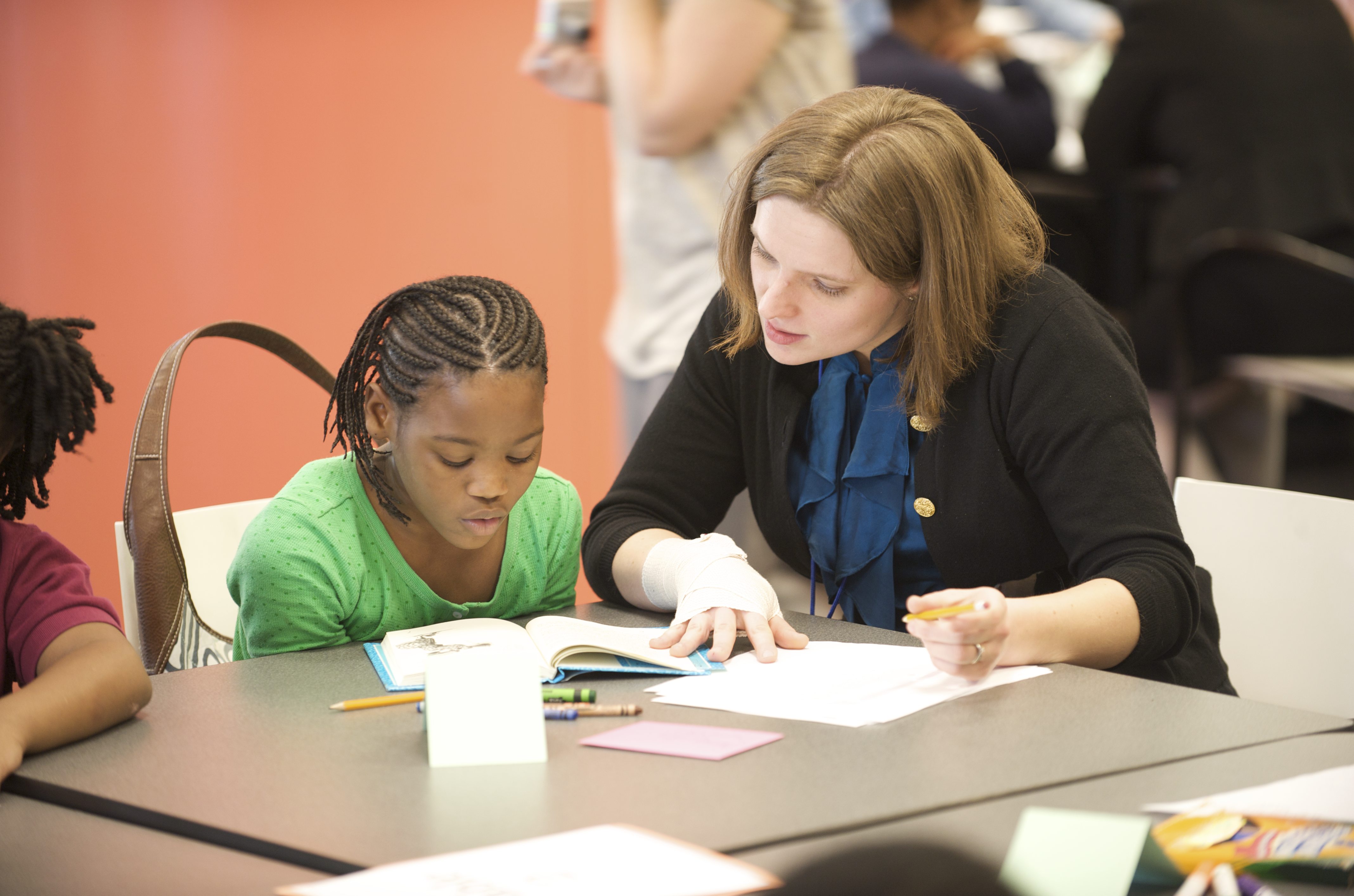
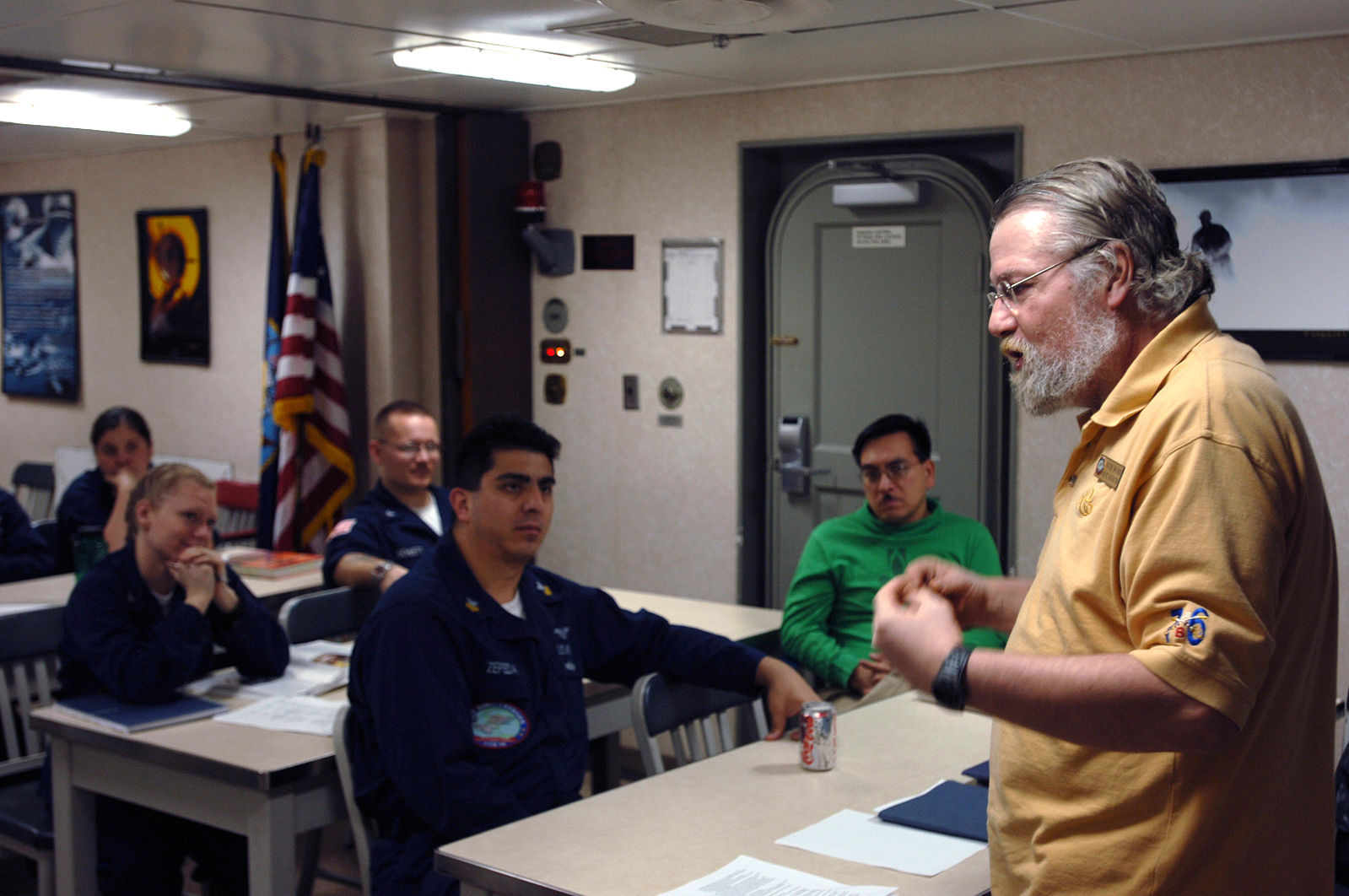


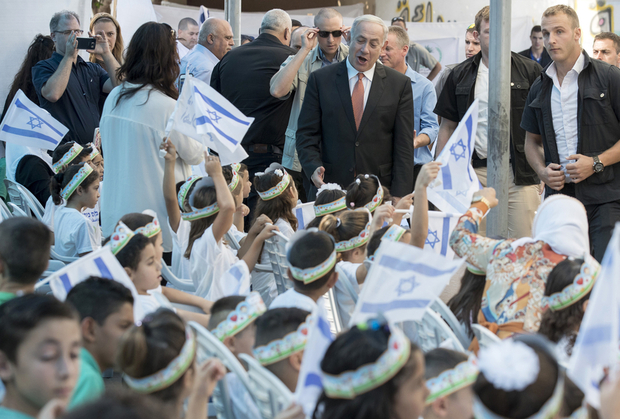
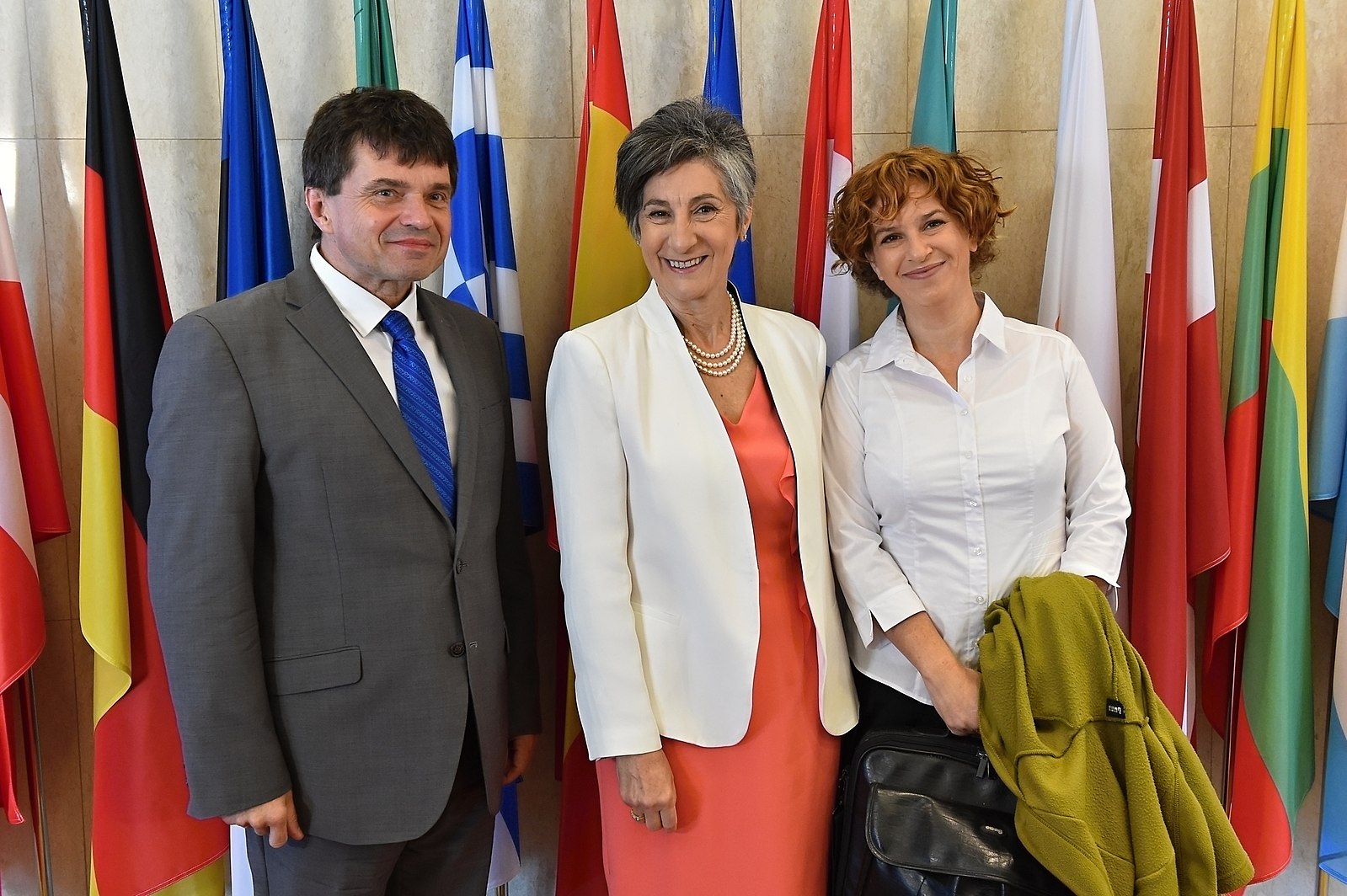
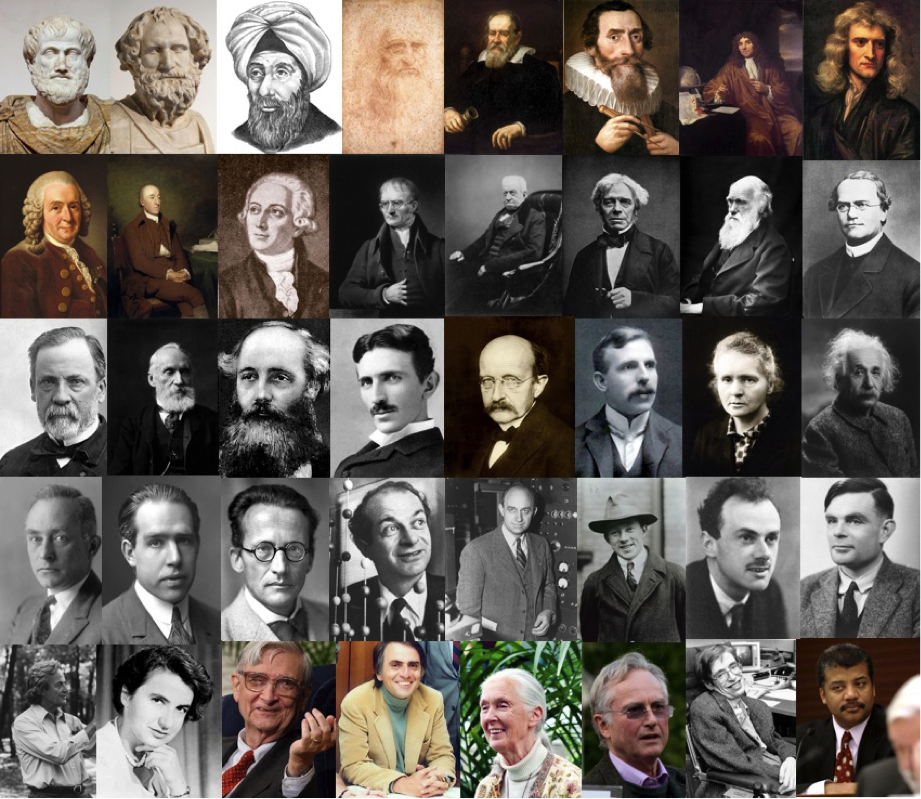
|
Year |
Laureate (birth/death) |
Country |
Rationale |
|
1901 |
(1828–1910) |
Switzerland (White Majority Country) |
“for his humanitarian efforts to help wounded soldiers and create international understanding”[8][9] |
|
(1822–1912) |
France (White Majority Country) |
“for his lifelong work for international peace conferences, diplomacy, and arbitration.”[8][9] |
|
|
1902 |
(1833–1906) |
Switzerland (White Majority Country) |
“for his untiring and skilful directorship of the Bern Peace Bureau“[8][10] |
|
(1843–1914) |
“for his eminently practical administration of the Inter-Parliamentary Union.”[8][10] |
||
|
1903 |
(1828–1908) |
United Kingdom (White Majority Country) |
“for his longstanding and devoted effort in favour of the ideas of peace and arbitration.”[8][11] |
|
1904 |
Institute of International Law (founded 1873) |
Belgium (White Majority Country) |
“for its striving in public law to develop peaceful ties between nations and to make the laws of war more humane.”[8][12] |
|
1905 |
(1843–1914) |
(White Majority Country) |
|
|
1906 |
(1858–1919) |
United States (White Majority Country) |
“for his role in bringing to an end the bloody war recently waged between two of the world’s great powers, Japan and Russia.”[8][14] |
|
1907 |
(1833–1918) |
Italy (White Majority Country) |
“for his work in the press and in peace meetings, both public and private, for an understanding between France and Italy”[8][15] |
|
(1843–1918) |
France (White Majority Country) |
“for his decisive influence upon the conduct and outcome of the Hague and Geneva Conferences.”[8][15] |
|
|
1908 |
(1844–1916) |
Sweden (White Majority Country) |
“for their long time work for the cause of peace as politicians, peace society leaders, orators and authors.”[8][16] |
|
(1837–1922) |
Denmark (White Majority Country) |
||
|
1909 |
(1829–1912) |
Belgium (White Majority Country) |
“for their prominent position in the international movement for peace and arbitration.”[8][17] |
|
Paul Henri d’Estournelles de Constant (1852–1924) |
France (White Majority Country) |
||
|
1910 |
Permanent International Peace Bureau (founded 1891) |
Switzerland (White Majority Country) |
“for acting as a link between the peace societies of the various countries, and helping them to organize the world rallies of the international peace movement.”[18][19] |
|
1911 |
(1838–1913) |
Netherlands (White Majority Country) |
“for his role as co-founder of the Institut de droit international, initiator of the Conferences on International Private Law (Conférences de Droit international privé) at the Hague, and pioneer in the field of international legal relations”[8][20] |
|
(1864–1921) |
(White Majority Country) |
“for his effort to expose and fight what he considers to be the main cause of war, namely, the anarchy in international relations.”[8][20] |
|
|
1912 |
(1845–1937) |
United States (White Majority Country) |
“for bringing about better understanding between the countries of North and South America and initiating important arbitration agreements between the United States and other countries.”[8][21] |
|
1913 |
(1854–1943) |
Belgium (White Majority Country) |
“for his unparalleled contribution to the organization of peaceful internationalism.”[8][22] |
|
1914 |
Not awarded due to World War I. |
||
|
1915 |
|||
|
1916 |
|||
|
1917 |
International Committee of the Red Cross (founded 1863) |
Switzerland (White Majority Country) |
“for the efforts to take care of wounded soldiers and prisoners of war and their families.”[8][23] |
|
1918 |
Not awarded due to World War I. |
||
|
1919 |
(1856–1924) |
United States (White Majority Country) |
“for his role as founder of the League of Nations.”[8][24] |
|
1920 |
(1851–1925) |
France (White Majority Country) |
“for his longstanding contribution to the cause of peace and justice and his prominent role in the establishment of the League of Nations.”[8][25] |
|
1921 |
(1860–1925) |
Sweden (White Majority Country) |
“for their lifelong contributions to the cause of peace and organized internationalism.”[8][26] |
|
(1869–1938) |
Norway (White Majority Country) |
||
|
1922 |
(1861–1930) |
Norway (White Majority Country) |
“for his leading role in the repatriation of prisoners of war, in international relief work and as the League of Nations’ High Commissioner for refugees.”[27][28] |
|
1923 |
Not awarded |
||
|
1924 |
|||
|
1925 |
(1863–1937) |
United Kingdom (White Majority Country) |
“for his crucial role in bringing about the Locarno Treaty.”[8][29] |
|
(1865–1951) |
United States (White Majority Country) |
“for his crucial role in bringing about the Dawes Plan.”[8][29] |
|
|
1926 |
(1862–1932) |
France (White Majority Country) |
“for their crucial role in bringing about the Locarno Treaty.”[8][30] |
|
(1878–1929) |
Germany (White Majority Country) |
||
|
1927 |
(1841–1932) |
France (White Majority Country) |
“for their contribution to the emergence in France and Germany of a public opinion which favours peaceful international cooperation.”[8][31] |
|
(1858–1941) |
Germany (White Majority Country) |
||
|
1928 |
Not awarded |
||
|
1929 |
(1856–1937) |
United States (White Majority Country) |
“for his crucial role in bringing about the Briand-Kellogg Pact.”[8][32] |
|
1930 |
(1866–1931) |
Sweden (White Majority Country) |
“for promoting Christian unity and helping create ‘that new attitude of mind which is necessary if peace between nations is to become reality’.”[8][33] |
|
1931 |
(1860–1935) |
United States (White Majority Country) |
“for their assiduous effort to revive the ideal of peace and to rekindle the spirit of peace in their own nation and in the whole of mankind.”[8][34] |
|
(1862–1947) |
United States (White Majority Country) |
||
|
1932 |
Not awarded |
||
|
1933 |
(1872–1967) |
United Kingdom (White Majority Country) |
“for having exposed by his pen the illusion of war and presented a convincing plea for international cooperation and peace.”[35] |
|
1934 |
(1863–1935) |
United Kingdom (White Majority Country) |
“for his untiring struggle and his courageous efforts as Chairman of the League of Nations Disarmament Conference 1931-34.”[8][36][37] |
|
1935 |
(1889–1938) |
Germany (White Majority Country) |
“for his burning love for freedom of thought and expression and his valuable contribution to the cause of peace.”[8][38] |
|
1936 |
(1878–1959) |
Argentina (White Majority Country) |
“for his role as father of the Argentine Antiwar Pact of 1933, which he also used as a means to mediate peace between Paraguay and Bolivia in 1935.”[8][39] |
|
1937 |
The Viscount Cecil of Chelwood (1864–1958) |
United Kingdom (White Majority Country) |
“for his tireless effort in support of the League of Nations, disarmament and peace.”[8][40] |
|
1938 |
Nansen International Office for Refugees (1930–1939) |
League of Nations (White Majority Countries) |
“for having carried on the work of Fridtjof Nansen to the benefit of refugees across Europe.”[41] |
|
1939 |
Not awarded due to World War II. |
||
|
1940 |
|||
|
1941 |
|||
|
1942 |
|||
|
1943 |
|||
|
1944 |
International Committee of the Red Cross[A] (founded 1863) |
Switzerland (White Majority Country) |
“for the great work it has performed during the war on behalf of humanity.”[42][43] |
|
1945 |
(1871–1955) |
United States (White Majority Country) |
“for his indefatigable work for international understanding and his pivotal role in establishing the United Nations.”[44] |
|
1946 |
(1867–1961) |
United States (White Majority Country) |
“for her lifelong work for the cause of peace”[45] |
|
(1865–1955) |
United States (White Majority Country) |
“for his contribution to the creation of a peace-promoting religious brotherhood across national boundaries.”[45] |
|
|
1947 |
The Quakers (represented by Friends Service Council and American Friends Service Committee)[46][47] (started during the mid-1600s) |
United States & United Kingdom (White Majority Country) |
“for their pioneering work in the international peace movement and compassionate effort to relieve human suffering, thereby promoting the fraternity between nations.”[48] |
|
1948 |
Not awarded because “there was no suitable living candidate.” (A tribute to the recently assassinated Mohandas Gandhi in India.)[49] |
||
|
1949 |
(1880–1971) |
United Kingdom (White Majority Country) |
“for his lifelong effort to conquer hunger and want, thereby helping to remove a major cause of military conflict and war.”[50] |
|
1950 |
(1904–1971) |
United States (White Majority Country) |
“for his work as mediator in Palestine in 1948-1949.”[51] |
|
1951 |
(1879–1954) |
France (White Majority Country) |
“for having devoted his life to the fight against war through the promotion of social justice and brotherhood among men and nations.”[52] |
|
1952 |
(1875–1965) |
France (White Majority Country) |
“for his altruism, reverence for life, and tireless humanitarian work which has helped making the idea of brotherhood between men and nations a living one.”[53] |
|
1953 |
(1880–1959) |
United States (White Majority Country) |
“for proposing and supervising the plan for the economic recovery of Europe.”[54] |
|
1954 |
Office of the United Nations High Commissioner for Refugees[A] (founded 1950) |
United Nations |
“for its efforts to heal the wounds of war by providing help and protection to refugees all over the world.”[55] |
|
1955 |
Not awarded |
||
|
1956 |
|||
|
1957 |
(1897–1972) |
Canada (White Majority Country) |
“for his crucial contribution to the deployment of a United Nations Emergency Force in the wake of the Suez Crisis.”[56][8] |
|
1958 |
(1910–1969) |
Belgium (White Majority Country) |
“for his efforts to help refugees to leave their camps and return to a life of freedom and dignity.”[57] |
|
1959 |
(1889–1982) |
United Kingdom (White Majority Country) |
“for his longstanding contribution to the cause of disarmament and peace.”[58] |
|
1960 |
(1898–1967) |
South Africa |
|
|
1961 |
(1905–1961) |
Sweden (White Majority Country) |
“for developing the UN into an effective and constructive international organization, capable of giving life to the principles and aims expressed in the UN Charter.”[60][8] |
|
1962 |
(1901–1994) |
United States (White Majority Country) |
“for his fight against the nuclear arms race between East and West.”[61] |
|
1963 |
International Committee of the Red Cross (founded 1863) |
Switzerland (White Majority Country) |
“for promoting the principles of the Geneva Convention and cooperation with the UN.”[62] |
|
(founded 1919) |
|||
|
1964 |
(1929–1968) |
United States (White Majority Country) |
“for his non-violent struggle for civil rights for the Afro-American population.”[63] |
|
1965 |
United Nations Children’s Fund (UNICEF) (founded 1946) |
United Nations |
“for its effort to enhance solidarity between nations and reduce the difference between rich and poor states.”[64] |
|
1966 |
Not awarded |
||
|
1967 |
|||
|
1968 |
(1887–1976) |
France (White Majority Country) |
“for his struggle to ensure the rights of man as stipulated in the UN Declaration.”[65] |
|
1969 |
International Labour Organization (founded 1919) |
United Nations |
“for creating international legislation insuring certain norms for working conditions in every country.”[66] |
|
1970 |
(1914–2009) |
United States (White Majority Country) |
“for having given a well-founded hope – the green revolution.”[67][8] |
|
1971 |
(1913–1992) |
West Germany (White Majority Country) |
“for paving the way for a meaningful dialogue between East and West.”[68] |
|
1972 |
Not awarded |
||
|
1973 |
(born 1923) |
United States (White Majority Country) |
“for jointly having negotiated a cease fire in Vietnam in 1973.”[8][69] |
|
(1911–1990) |
North Vietnam |
||
|
1974 |
(1904–1988) |
Ireland (White Majority Country) |
“for his efforts to secure and develop human rights throughout the world”[70][8] |
|
(1901–1975) |
Japan |
“for his contribution to stabilize conditions in the Pacific rim area and for signing the Nuclear Non-Proliferation Treaty.”[70][8] |
|
|
1975 |
(1921–1989) |
Soviet Union (White Majority Country) |
“for his struggle for human rights in the Soviet Union, for disarmament and cooperation between all nations.”[71] |
|
1976 |
(1943–2020) |
United Kingdom (White Majority Country) |
“for the courageous efforts in founding a movement to put an end to the violent conflict in Northern Ireland.”[72] |
|
(born 1944) |
|||
|
1977 |
(founded 1961) |
United Kingdom (White Majority Country) |
|
|
1978 |
(1918–1981) |
Egypt (MENA Majority Country) |
“for jointly having negotiated peace between Egypt and Israel in 1978.”[74] |
|
(1913–1992) |
Israel (White/MENA Majority Country) |
||
|
1979 |
(1910–1997) |
India (Born in Macedonia) |
“for her work for bringing help to suffering humanity.”[75] |
|
1980 |
(born 1931) |
Argentina (White Majority Country) |
“for being a source of inspiration to repressed people, especially in Latin America.”[76][8] |
|
1981 |
Office of the United Nations High Commissioner for Refugees (founded 1950) |
United Nations |
“for promoting the fundamental rights of refugees.”[77] |
|
1982 |
(1902–1986) |
Sweden (White Majority Country) |
“for their work for disarmament and nuclear and weapon-free zones.”[78][79] |
|
(1911–1991) |
Mexico (Mestizo Majority Country) |
||
|
1983 |
(born 1943) |
Poland (White Majority Country) |
“for non-violent struggle for free trade unions and human rights in Poland.”[80] |
|
1984 |
(1931–2021) |
South Africa |
“for his role as a unifying leader figure in the non-violent campaign to resolve the problem of apartheid in South Africa”[81] |
|
1985 |
International Physicians for the Prevention of Nuclear War (founded 1980) |
United States (White Majority Country) |
“for spreading authoritative information and by creating awareness of the catastrophic consequences of nuclear war.”[82] |
|
1986 |
(1928–2016) |
United States (born in Romania) (White Majority Country) |
“for being a messenger to mankind: his message is one of peace, atonement and dignity.”[83] |
|
1987 |
(born 1940) |
Costa Rica (White/Mestizo Majority Country) |
|
|
1988 |
United Nations Peace-Keeping Forces (founded 1945) |
United Nations |
“for preventing armed clashes and creating conditions for negotiations.”[85][86] |
|
1989 |
(born 1935) |
India |
“for advocating peaceful solutions based upon tolerance and mutual respect in order to preserve the historical and cultural heritage of his people.”[88][89] |
|
1990 |
(born 1931) |
Soviet Union (White Majority Country) |
“for the leading role he played in the radical changes in East-West relations.”[90] |
|
1991 |
(born 1945) |
Burma |
“for her non-violent struggle for democracy and human rights.”[91] |
|
1992 |
(born 1959) |
Guatemala (Mestizo Majority Country) |
“for her struggle for social justice and ethno-cultural reconciliation based on respect for the rights of indigenous peoples.”[92] |
|
1993 |
(1918–2013) |
South Africa |
“for their work for the peaceful termination of the apartheid regime, and for laying the foundations for a new democratic South Africa.”[93] |
|
(1936–2021) |
South Africa |
||
|
1994 |
(1929–2004) |
Palestine (MENA Majority Country) |
“for their efforts to create peace in the Middle East.”[94] |
|
(1922–1995) |
Israel (White/MENA Majority Country) |
||
|
(1923–2016) |
Israel (White/MENA Majority Country) |
||
|
1995 |
(1908–2005) |
Poland (White Majority Country) |
“for their efforts to diminish the part played by nuclear arms in international politics and, in the longer run, to eliminate such arms.”[95] |
|
Canada (White Majority Country) |
|||
|
1996 |
(born 1948) |
East Timor |
“for their work towards a just and peaceful solution to the conflict in East Timor.”[96] |
|
(born 1949) |
East Timor |
||
|
1997 |
International Campaign to Ban Landmines (founded 1992) |
Switzerland (White Majority Country) |
“for their work for the banning and clearing of anti-personnel mines.”[97] |
|
(born 1950) |
United States (White Majority Country) |
||
|
1998 |
(1937–2020) |
Ireland (White Majority Country) |
“for their efforts to find a peaceful solution to the conflict in Northern Ireland.”[98] |
|
(born 1944) |
United Kingdom (White Majority Country) |
||
|
1999 |
Switzerland (White Majority Country) |
“in recognition of the organization’s pioneering humanitarian work on several continents.”[99] |
|
|
2000 |
(1924–2009) |
South Korea |
“for his work for democracy and human rights in South Korea and in East Asia in general, and for peace and reconciliation with North Korea in particular.”[100] |
|
2001 |
United Nations |
“for their work for a better organized and more peaceful world.”[101] |
|
|
(1938–2018) |
Ghana |
||
|
2002 |
(born 1924) |
United States (White Majority Country) |
“for his decades of untiring effort to find peaceful solutions to international conflicts, to advance democracy and human rights, and to promote economic and social development.”[102] |
|
2003 |
(born 1947) |
Iran (MENA Majority Country) |
“for her efforts for democracy and human rights. She has focused especially on the rights of women and children.”[103] |
|
2004 |
(1940–2011) |
Kenya |
“for her contribution to sustainable development, democracy and peace.”[104] |
|
International Atomic Energy Agency (founded 1957) |
United Nations |
“for their efforts to prevent nuclear energy from being used for military purposes and to ensure that nuclear energy for peaceful purposes is used in the safest possible way.”[105] |
|
|
(born 1942) |
Egypt (MENA Majority Country) |
||
|
(born 1940) |
Bangladesh |
“for their efforts to create economic and social development from below.”[106] |
|
|
(founded 1983) |
Bangladesh |
||
|
Intergovernmental Panel on Climate Change (founded 1988) |
United Nations |
“for their efforts to build up and disseminate greater knowledge about man-made climate change, and to lay the foundations for the measures that are needed to counteract such change.”[107] |
|
|
(born 1948) |
United States (White Majority Country) |
||
|
(born 1937) |
Finland (White Majority Country) |
“for his important efforts, on several continents and over more than three decades, to resolve international conflicts.”[108] |
|
|
(born 1961) |
United States (White Majority Country) |
“for his extraordinary efforts to strengthen international diplomacy and cooperation between peoples.”[109] |
|
|
(1955–2017) |
China |
“for his long and non-violent struggle for fundamental human rights in China.”[110] |
|
|
(born 1938) |
Liberia |
“for their non-violent struggle for the safety of women and for women’s rights to full participation in peace-building work.”[111] |
|
|
(born 1972) |
|||
|
(born 1979) |
Yemen (MENA Majority Country) |
||
|
(founded 1958) |
European Union
(White Majority Countries) |
“for over six decades contributed to the advancement of peace and reconciliation, democracy and human rights in Europe.”[112] |
|
|
Organisation for the Prohibition of Chemical Weapons (founded 1997) |
Netherlands[113] (White Majority Country) |
“for its extensive efforts to eliminate chemical weapons.”[114] |
|
|
(born 1954) |
India |
“for their struggle against the suppression of children and young people and for the right of all children to education.”[115] |
|
|
(born 1997) |
Pakistan |
||
|
Tunisian National Dialogue Quartet (2013–2014) |
Tunisia |
“for its decisive contribution to the building of a pluralistic democracy in Tunisia in the wake of the Jasmine Revolution of 2011.”[116] |
|
|
(born 1951) |
Colombia (White/Mestizo Majority Country) |
“for his resolute efforts to bring the country’s more than 50-year-long civil war to an end.”[117] |
|
|
International Campaign to Abolish Nuclear Weapons (founded 2007) |
Switzerland (White Majority Country) |
“for its work to draw attention to the catastrophic humanitarian consequences of any use of nuclear weapons and for its ground-breaking efforts to achieve a treaty-based prohibition of such weapons.”[118] |
|
|
(born 1955) |
Democratic Republic of the Congo |
“for their efforts to end the use of sexual violence as a weapon of war and armed conflict.”[119] |
|
|
(born 1993) |
Iraq (MENA Majority Country) |
||
|
(born 1976) |
Ethiopia |
“for his efforts to achieve peace and international cooperation, and in particular for his decisive initiative to resolve the border conflict with neighbouring Eritrea.”[120] |
|
|
(founded 1961) |
United Nations |
“for its efforts to combat hunger, for its contribution to bettering conditions for peace in conflict-affected areas and for acting as a driving force in efforts to prevent the use of hunger as a weapon of war and conflict.”[121] |
|
|
(born 1963) |
Philippines |
“for their efforts to safeguard freedom of expression, which is a precondition for democracy and lasting peace.”[122] |
|
|
(born 1961) |
Russia (White Majority Country) |
||
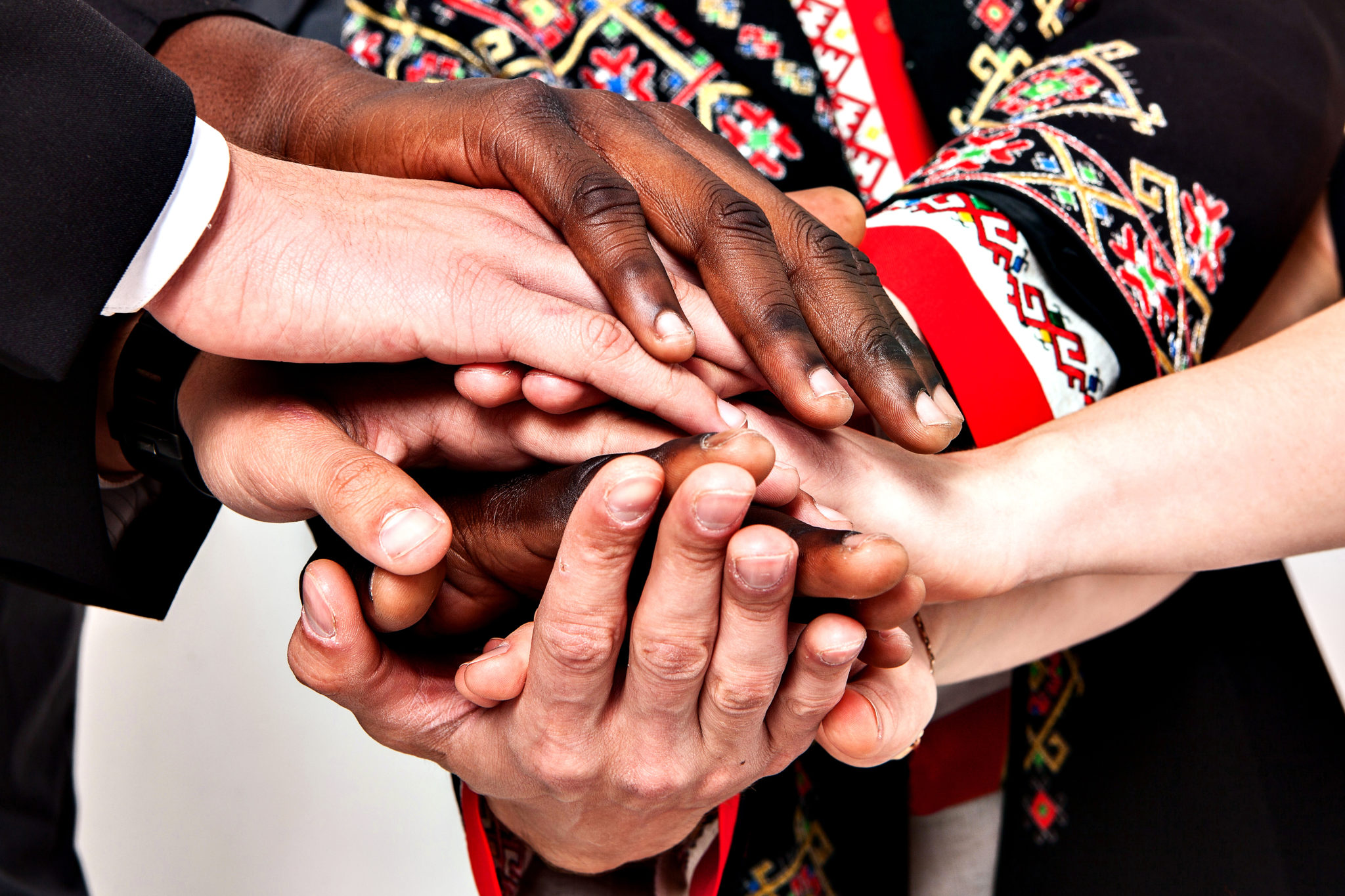
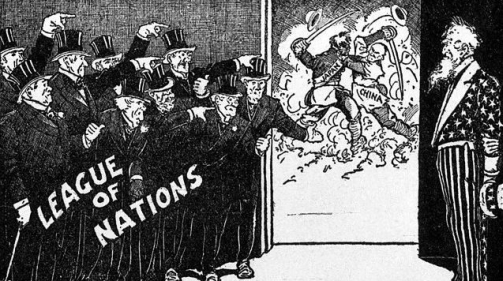
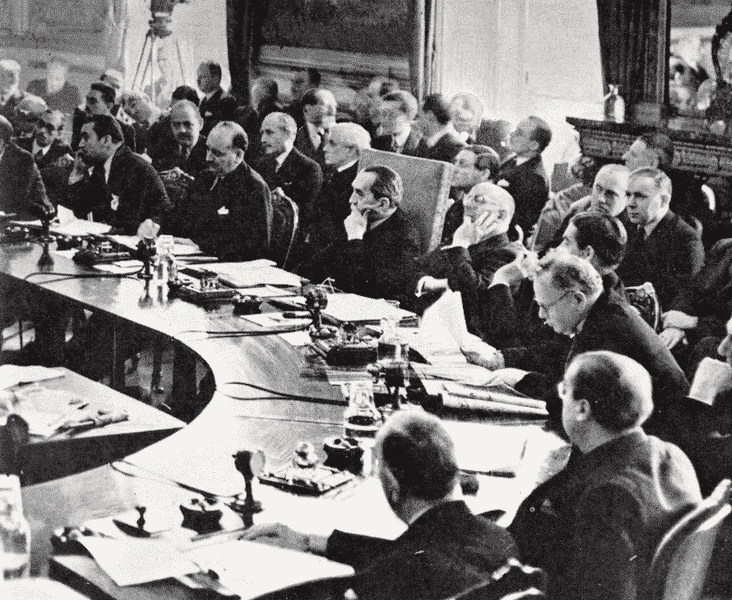
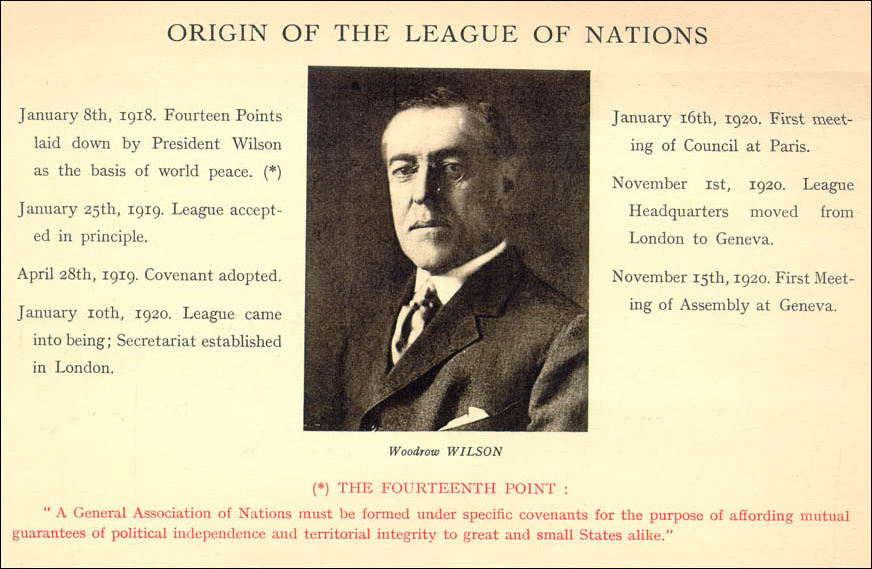

| Cookie | Duration | Description |
|---|---|---|
| cookielawinfo-checkbox-analytics | 11 months | This cookie is set by GDPR Cookie Consent plugin. The cookie is used to store the user consent for the cookies in the category "Analytics". |
| cookielawinfo-checkbox-functional | 11 months | The cookie is set by GDPR cookie consent to record the user consent for the cookies in the category "Functional". |
| cookielawinfo-checkbox-necessary | 11 months | This cookie is set by GDPR Cookie Consent plugin. The cookies is used to store the user consent for the cookies in the category "Necessary". |
| cookielawinfo-checkbox-others | 11 months | This cookie is set by GDPR Cookie Consent plugin. The cookie is used to store the user consent for the cookies in the category "Other. |
| cookielawinfo-checkbox-performance | 11 months | This cookie is set by GDPR Cookie Consent plugin. The cookie is used to store the user consent for the cookies in the category "Performance". |
| viewed_cookie_policy | 11 months | The cookie is set by the GDPR Cookie Consent plugin and is used to store whether or not user has consented to the use of cookies. It does not store any personal data. |